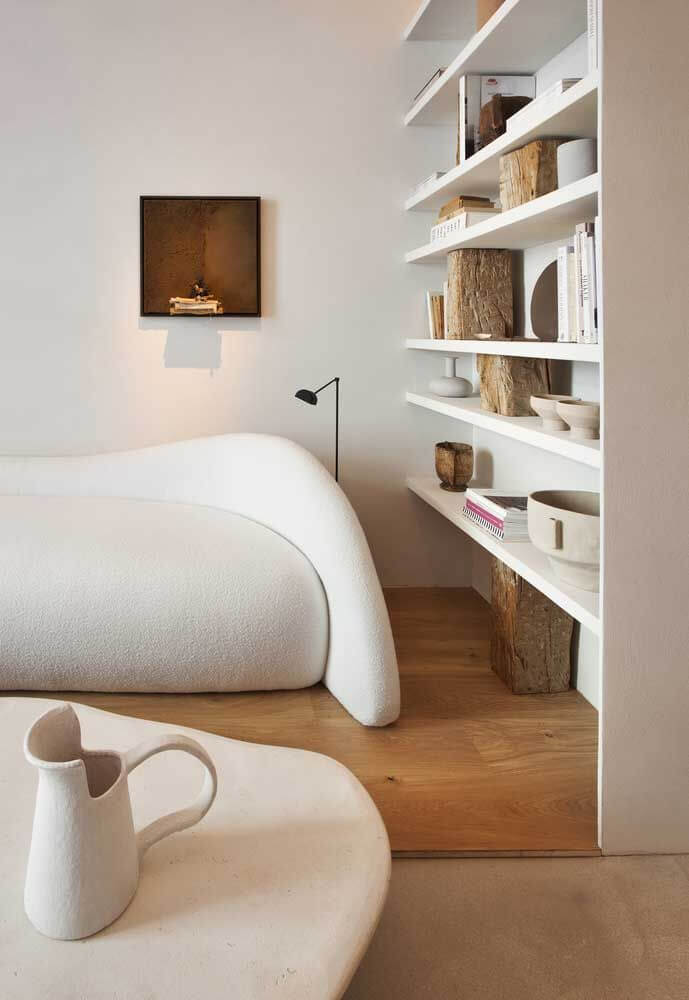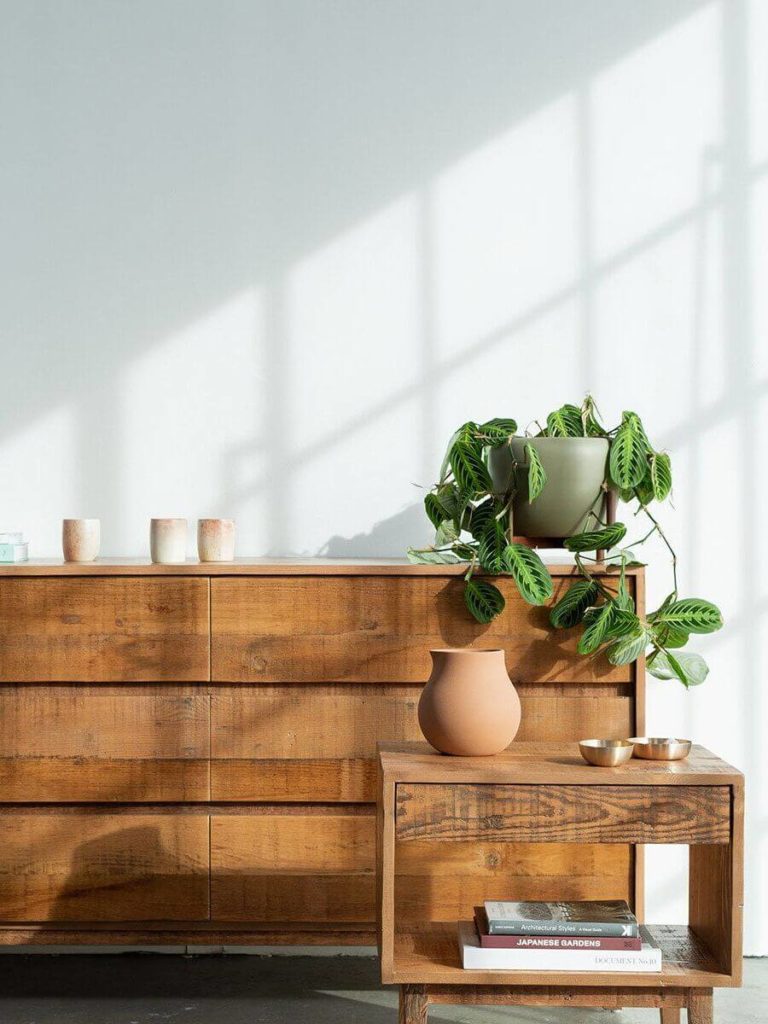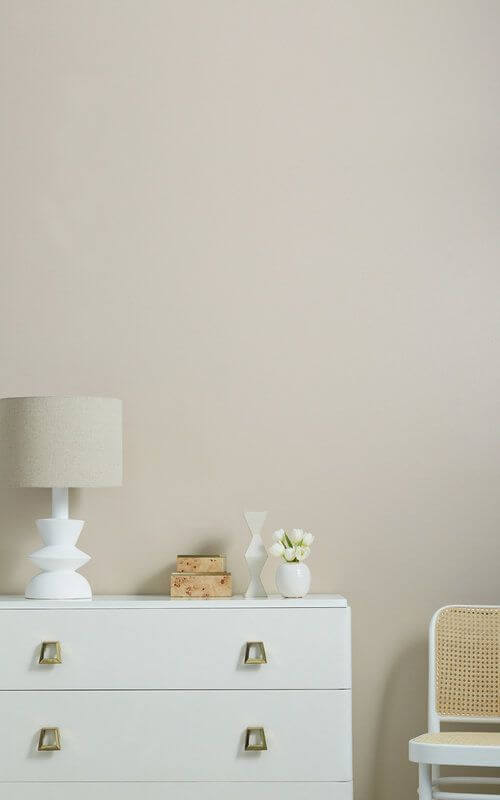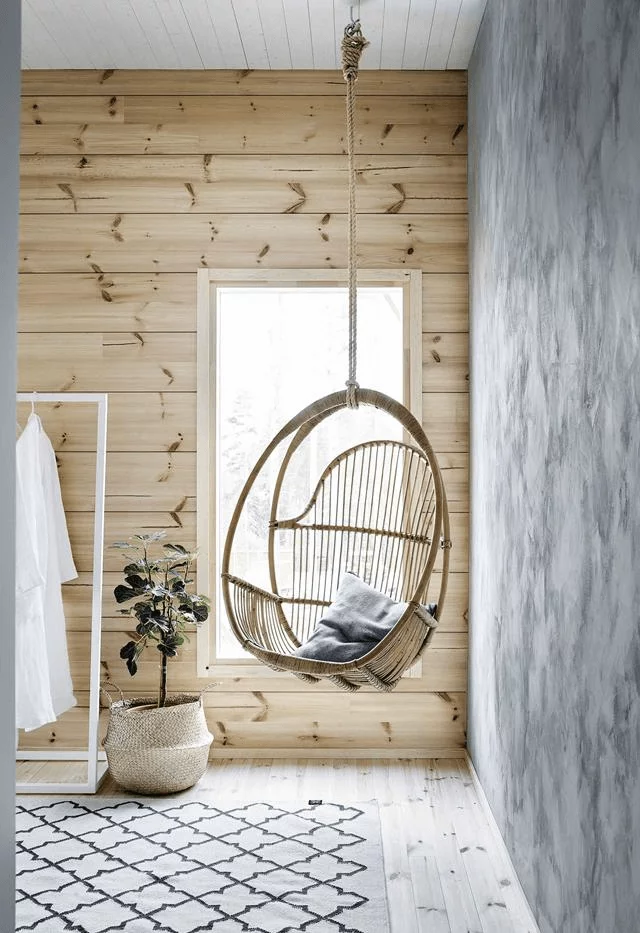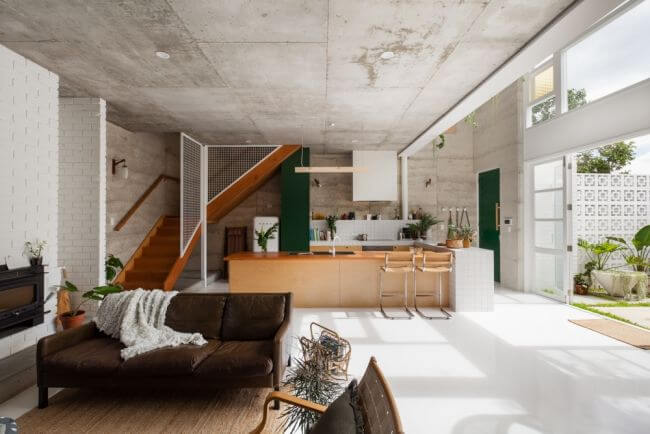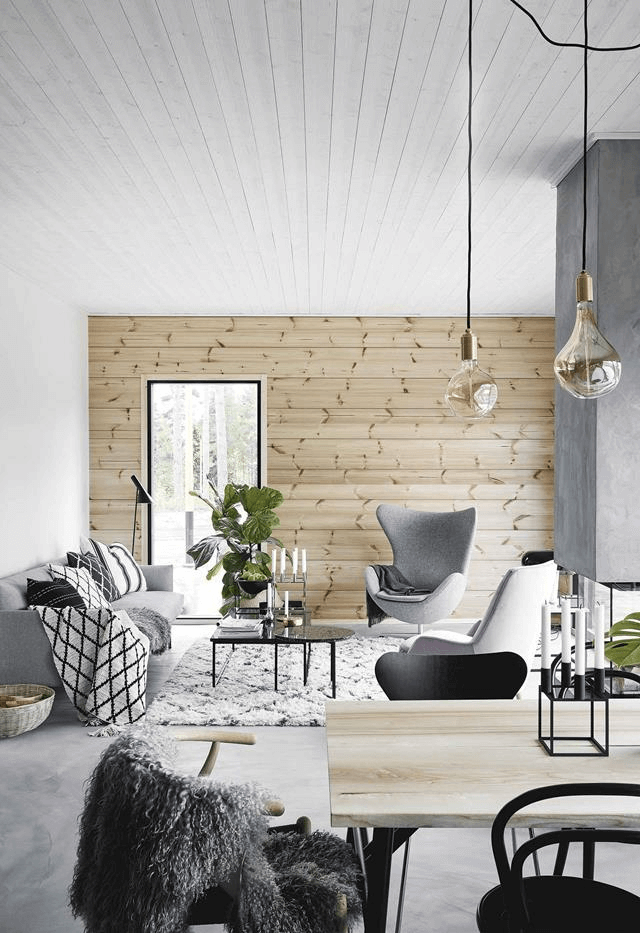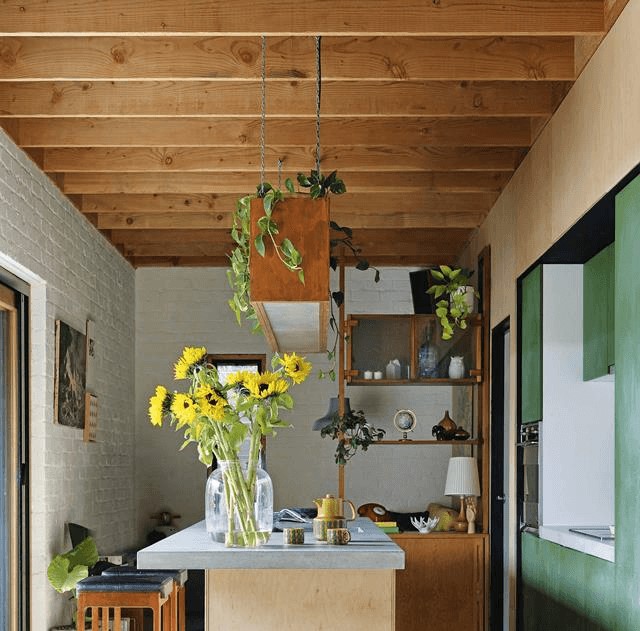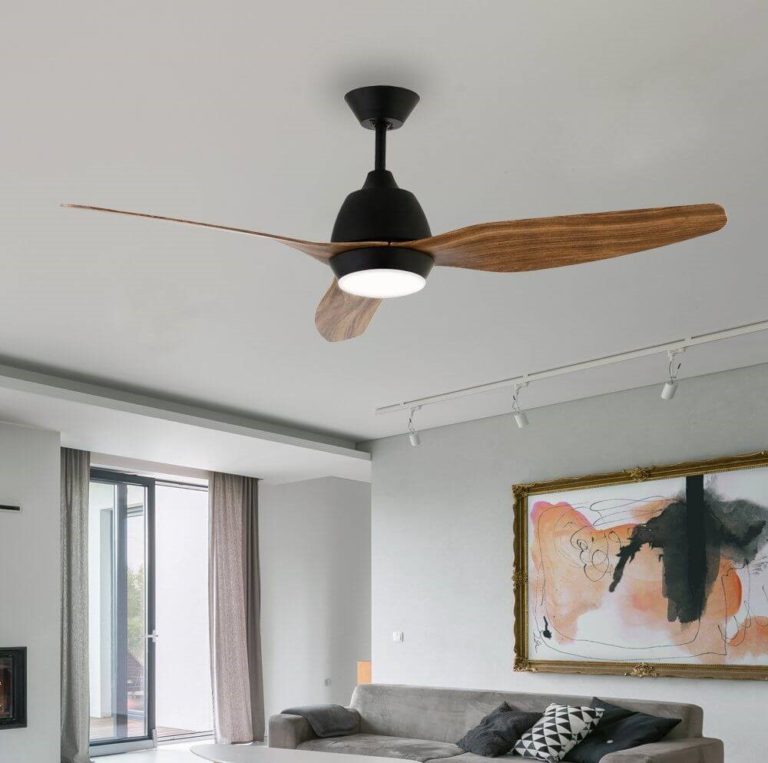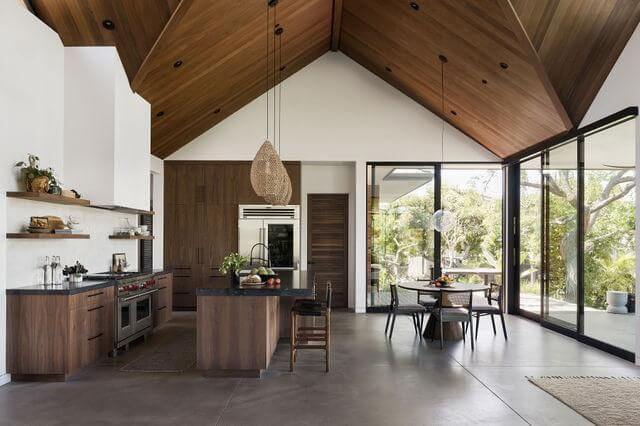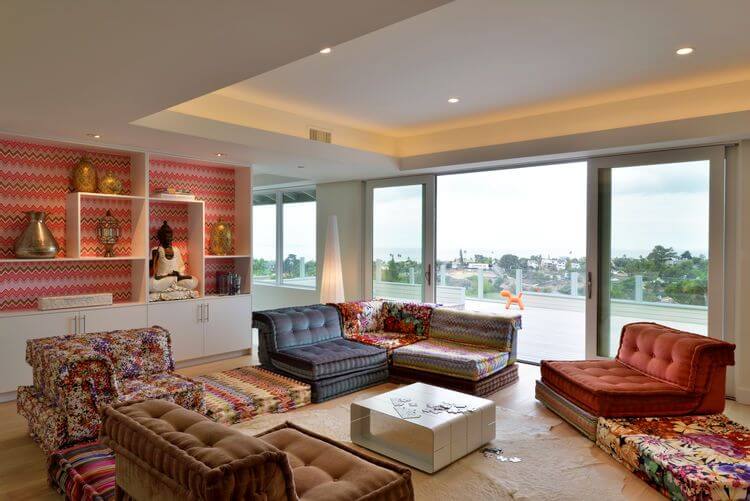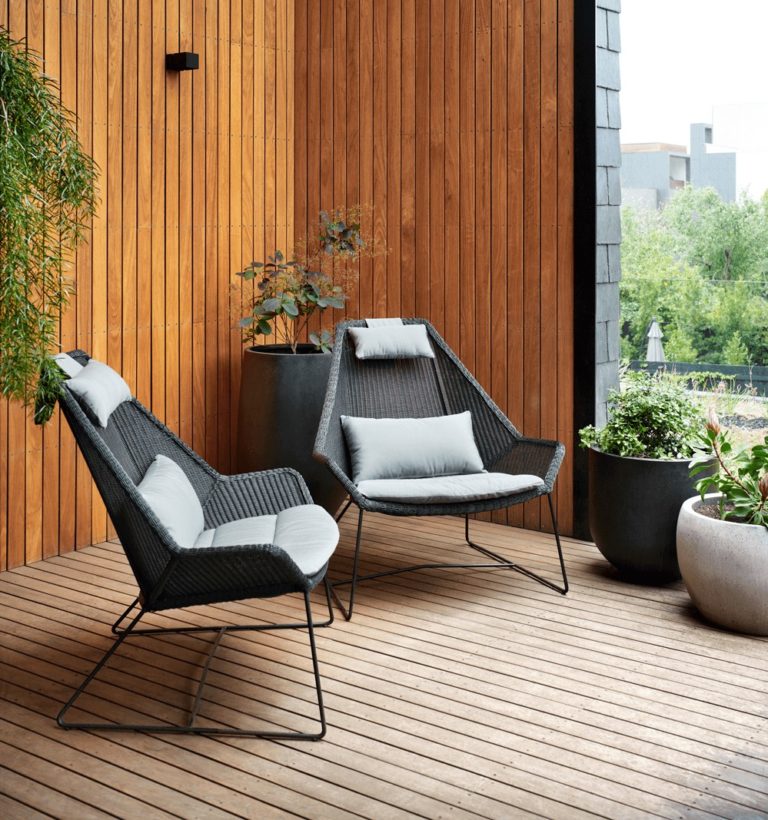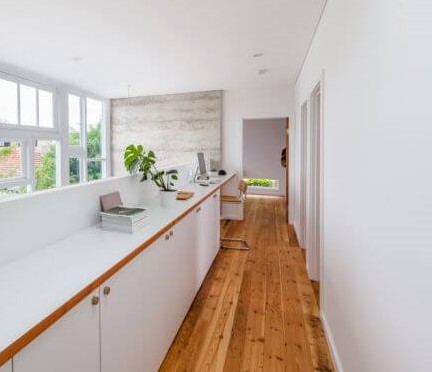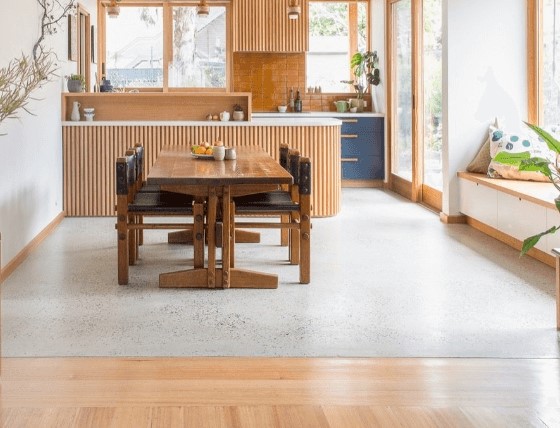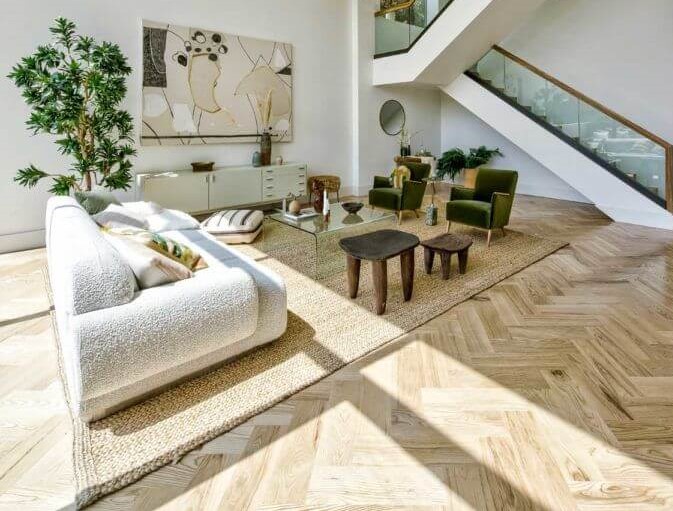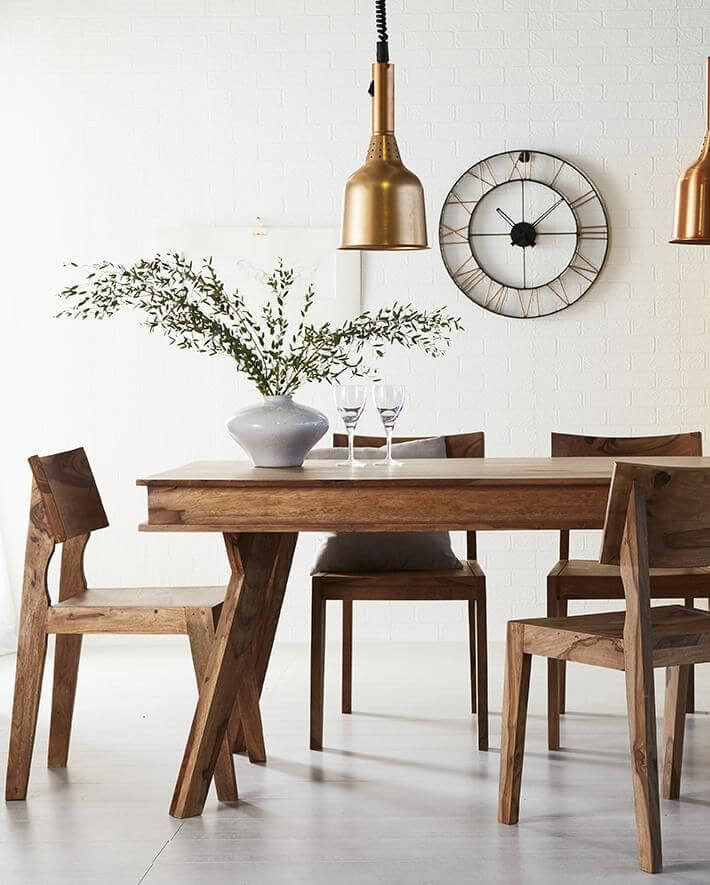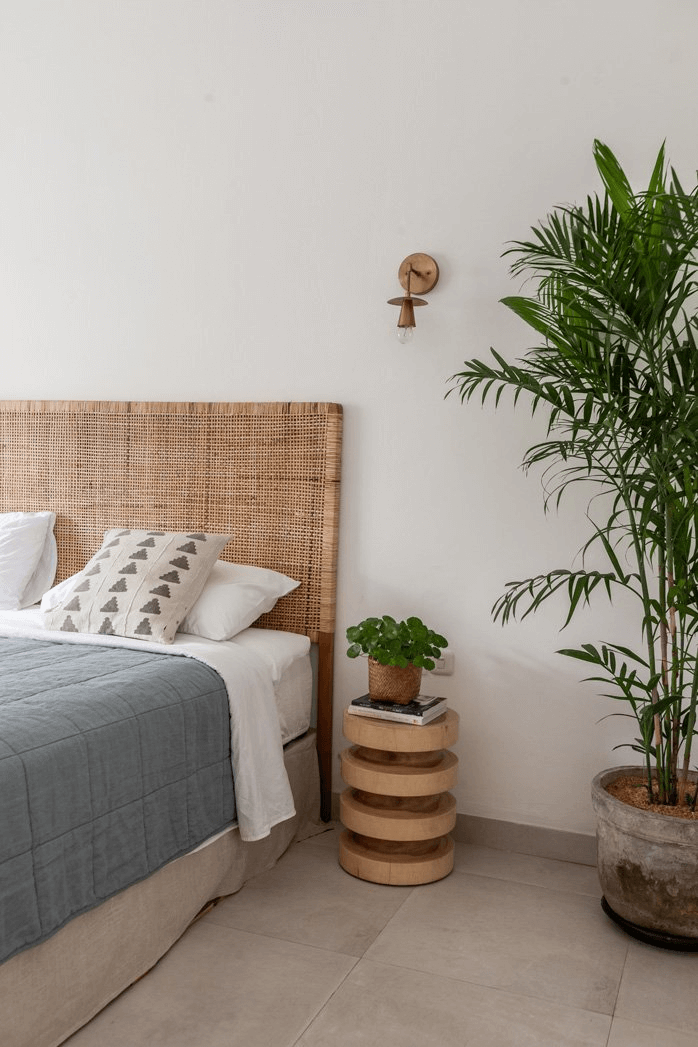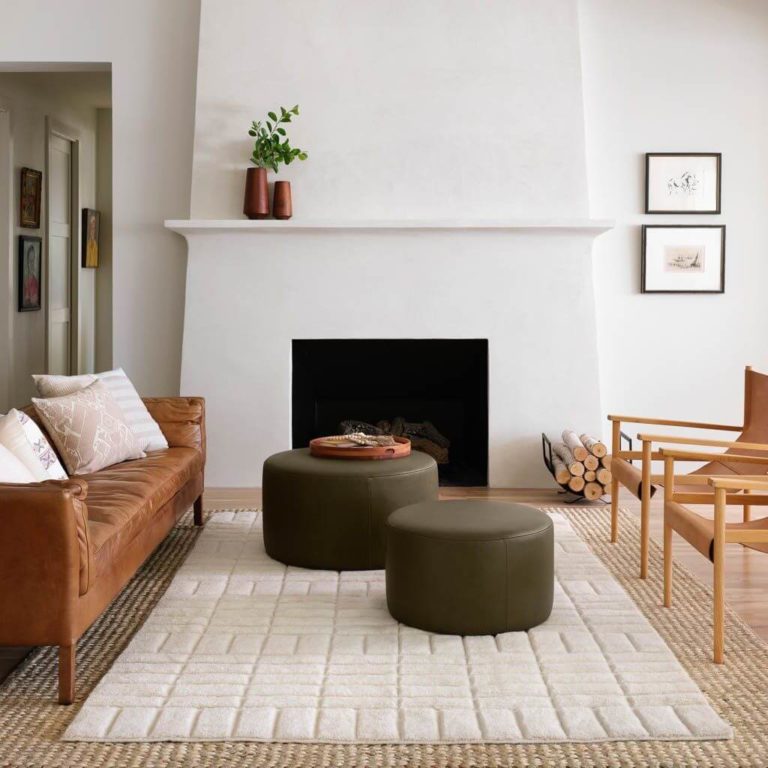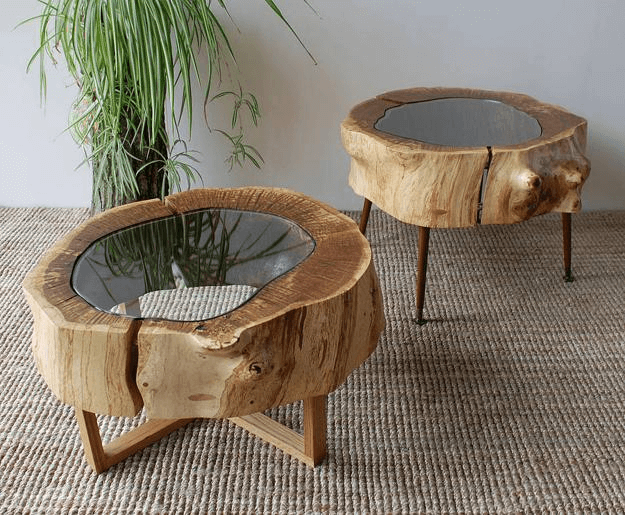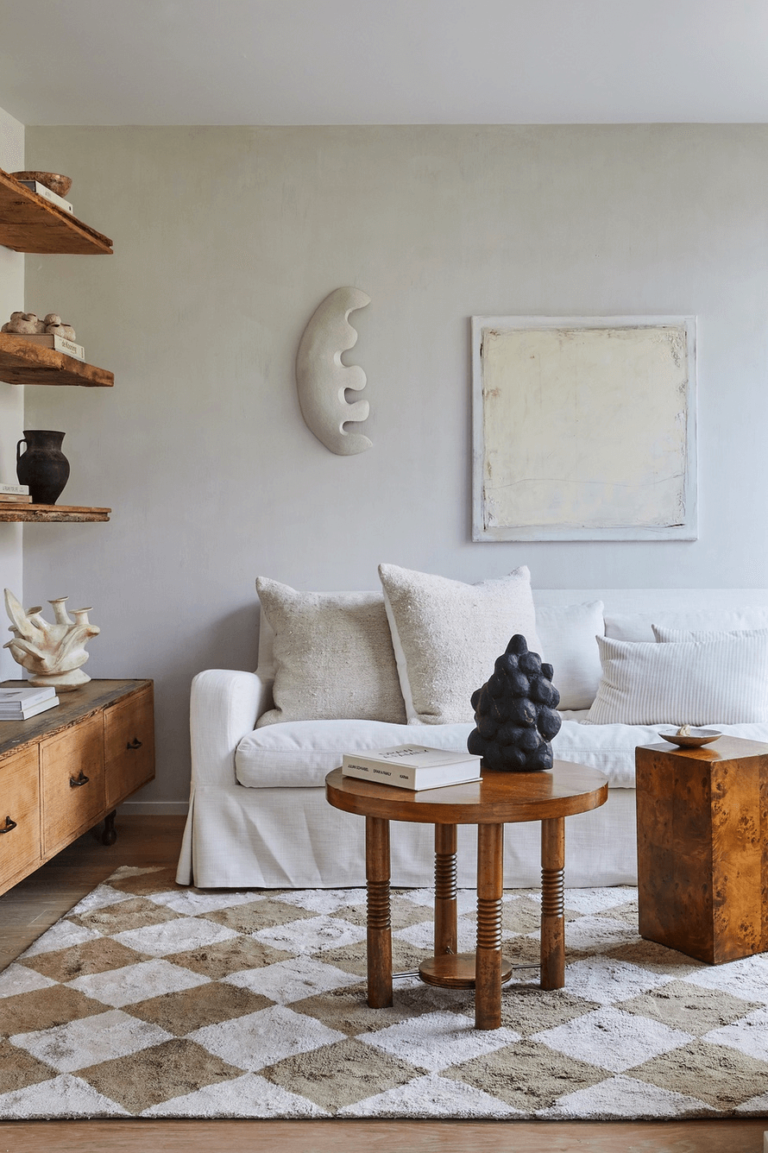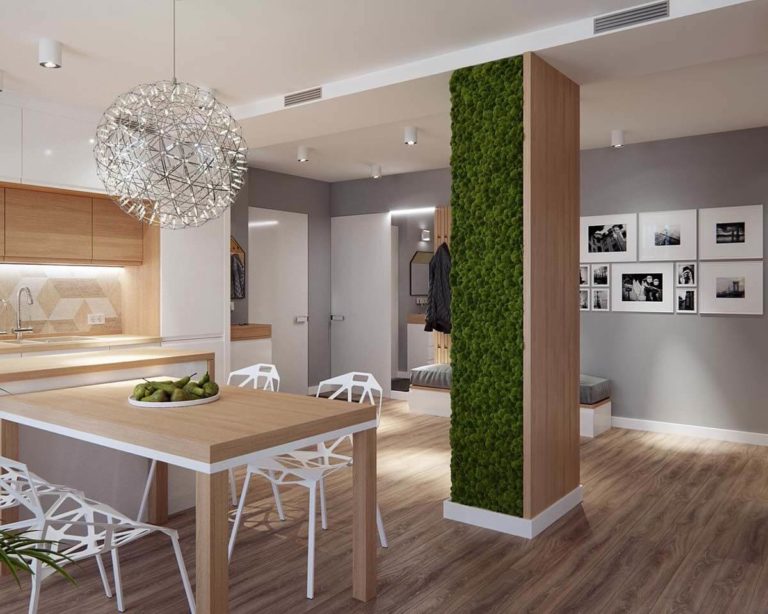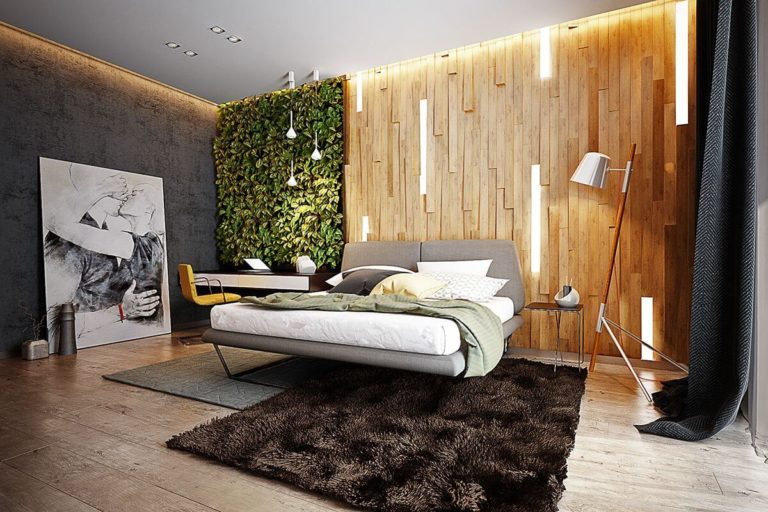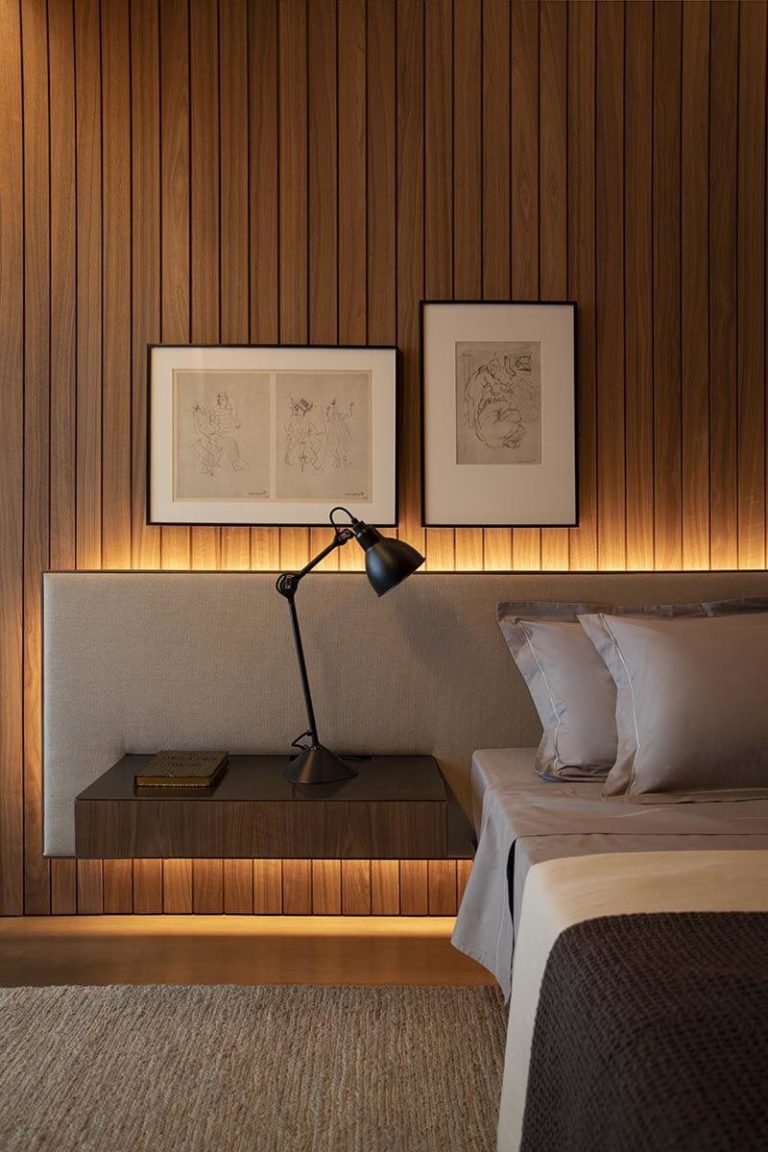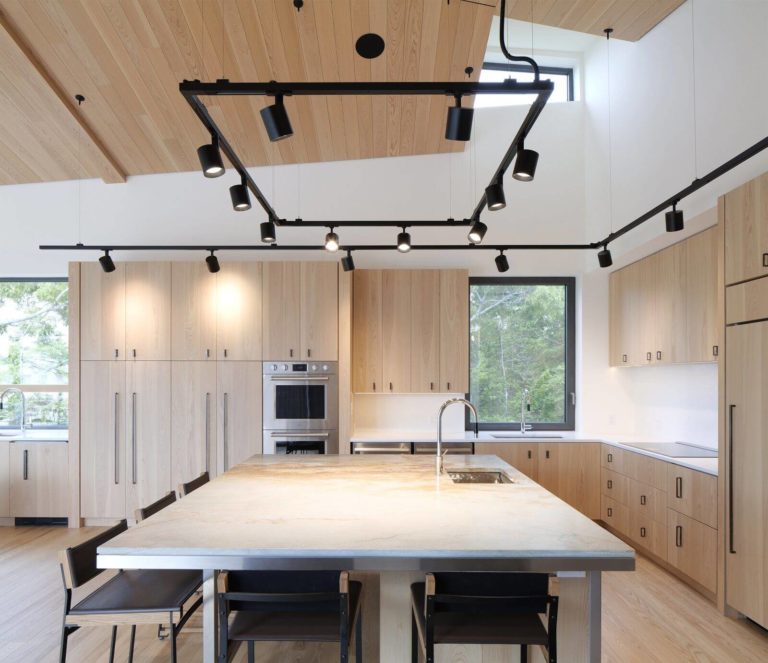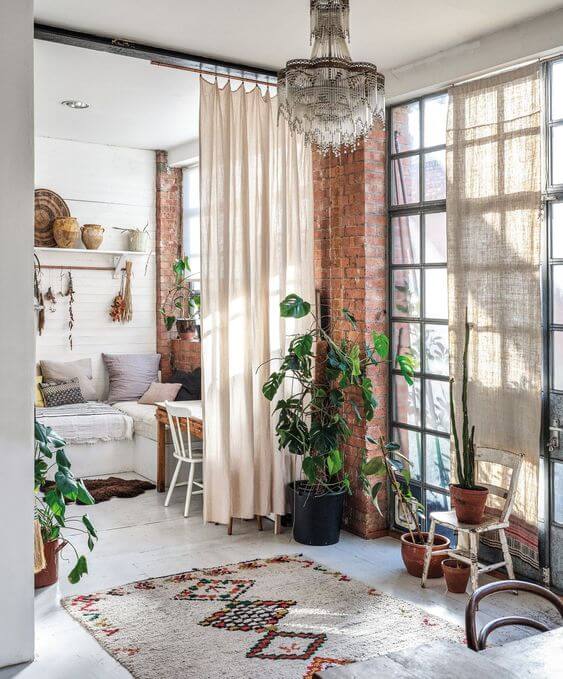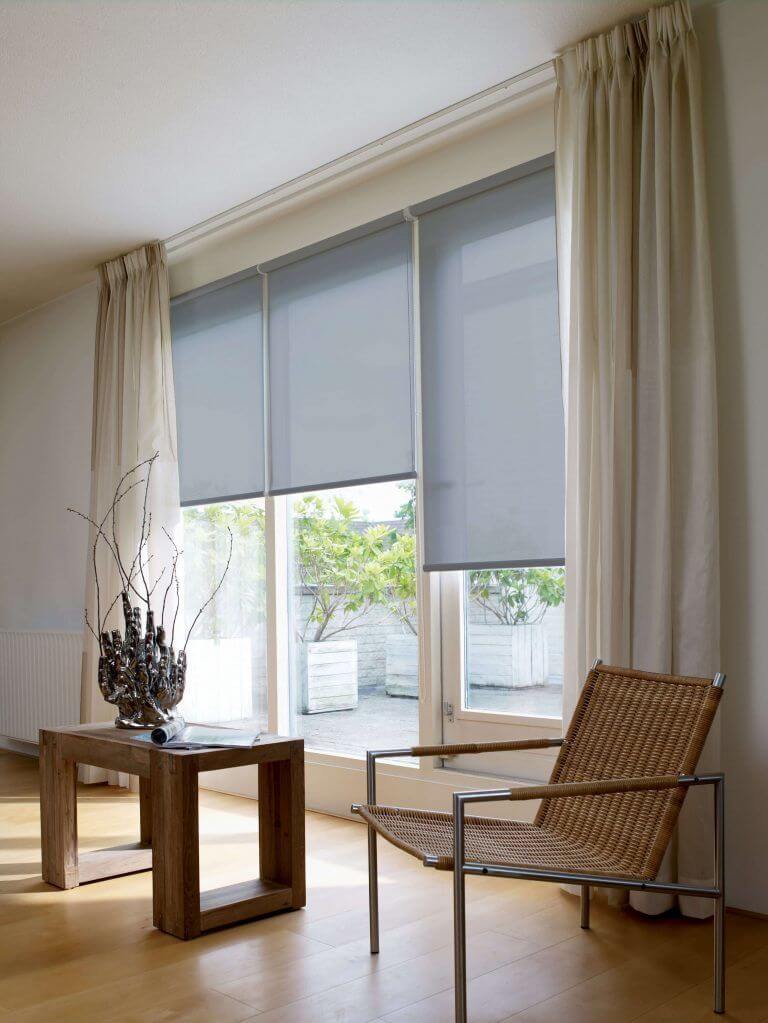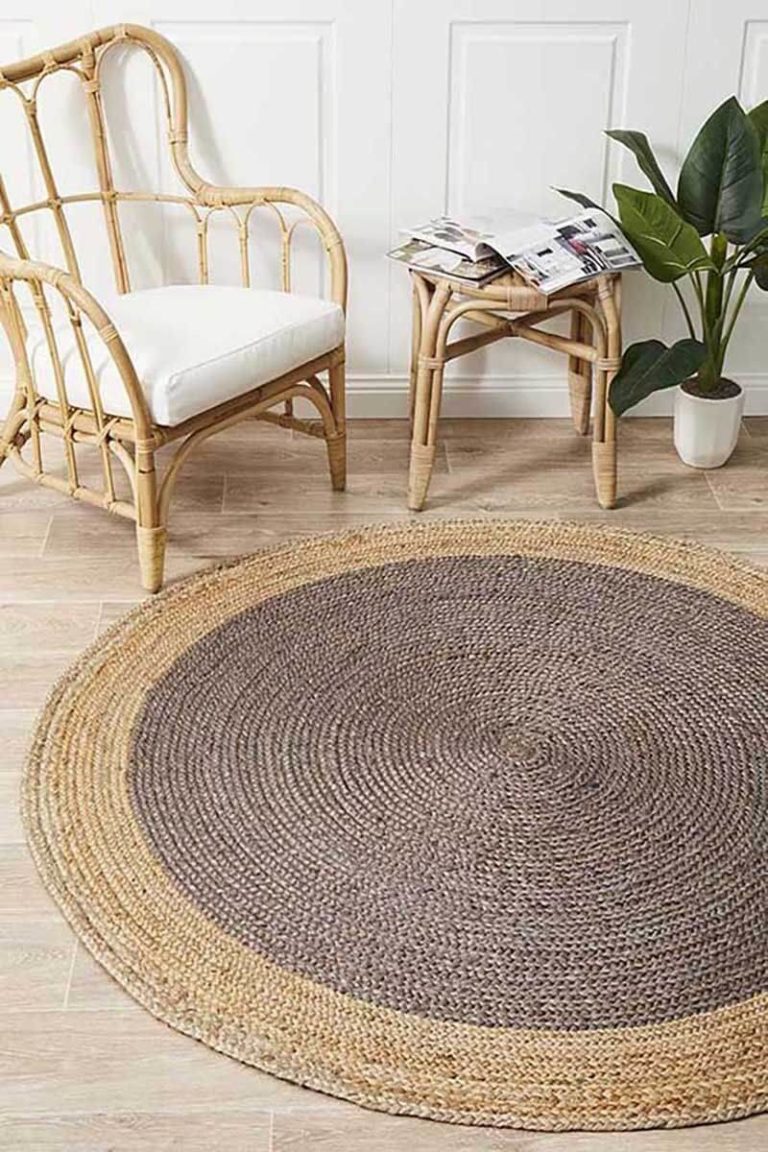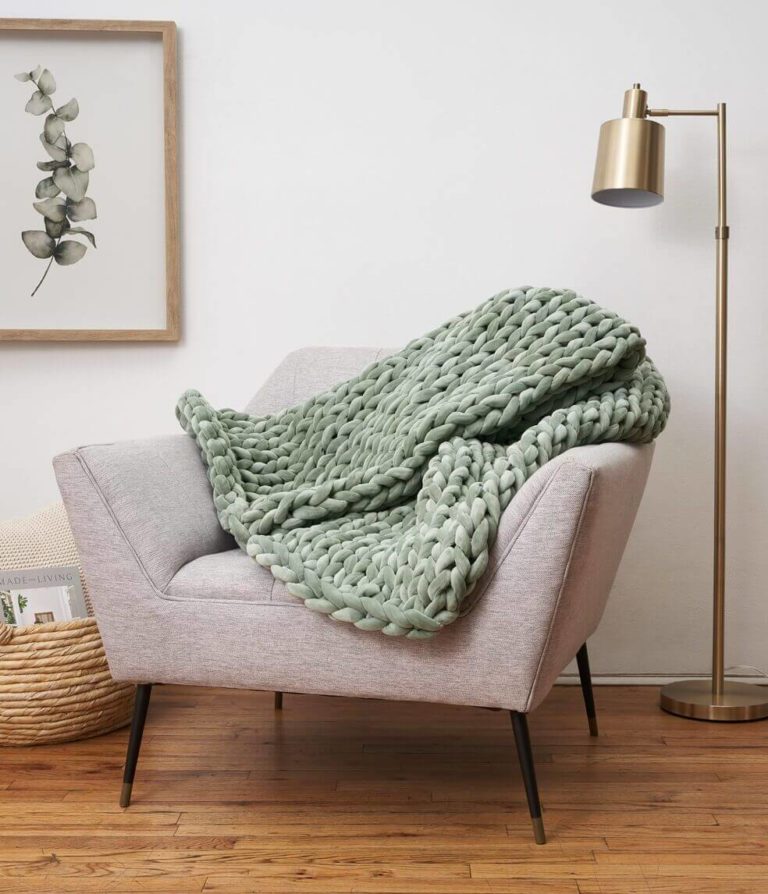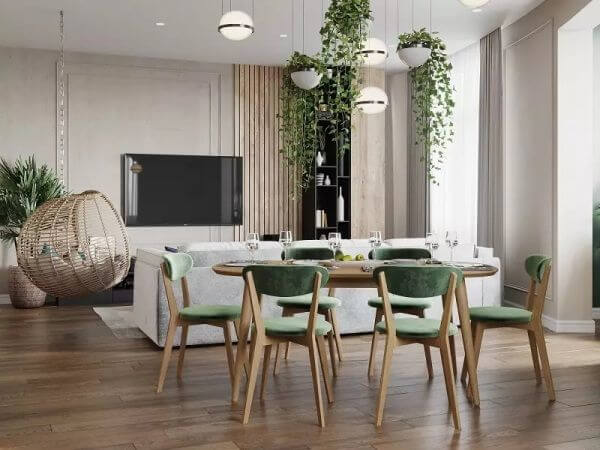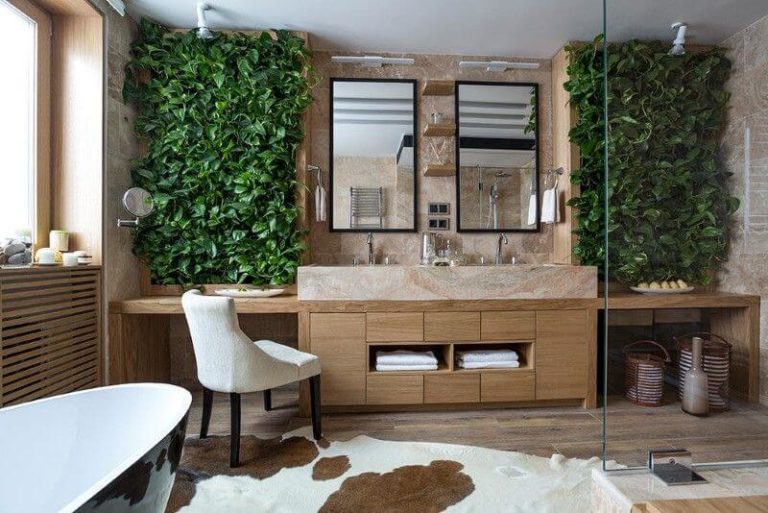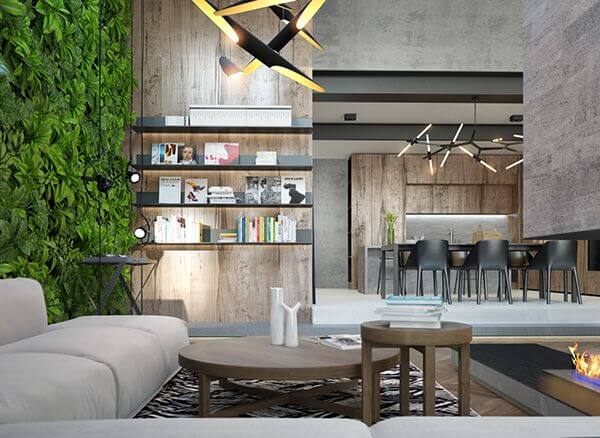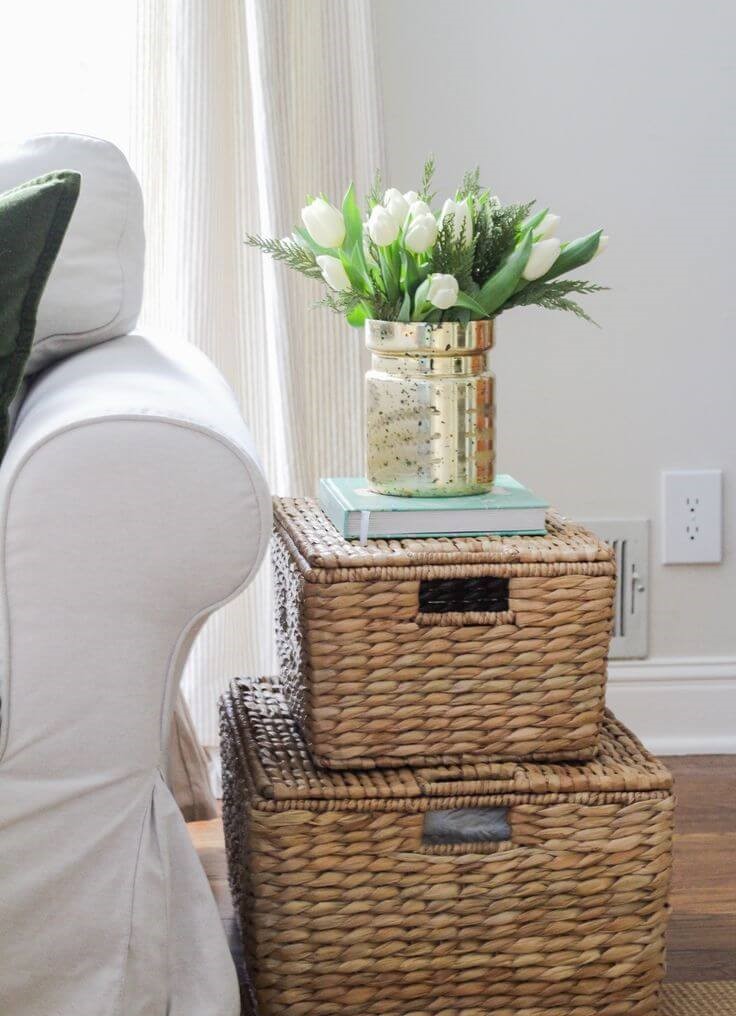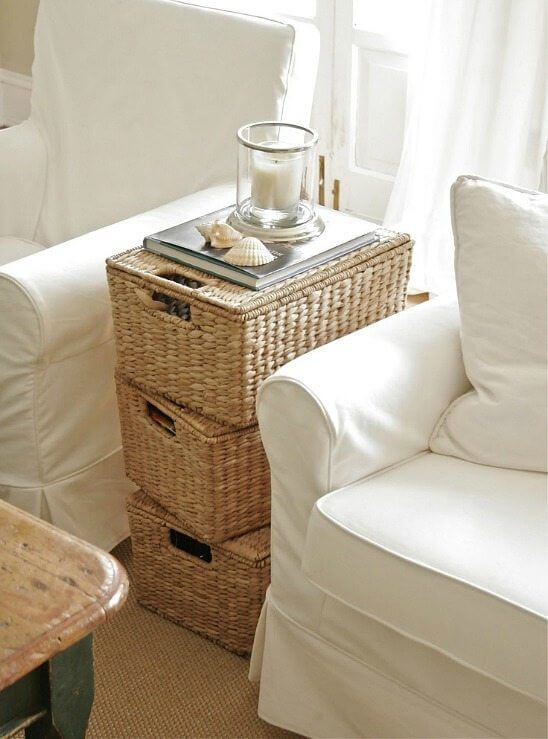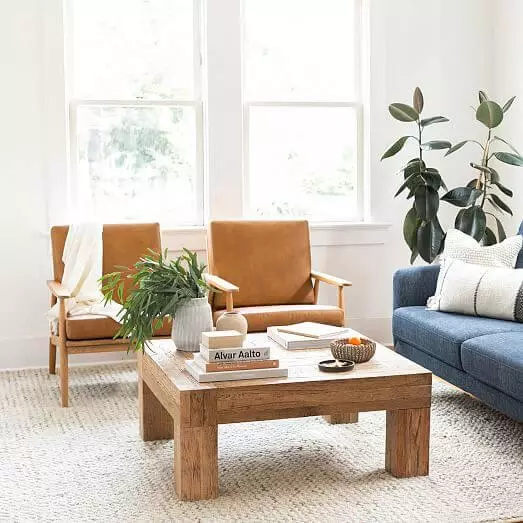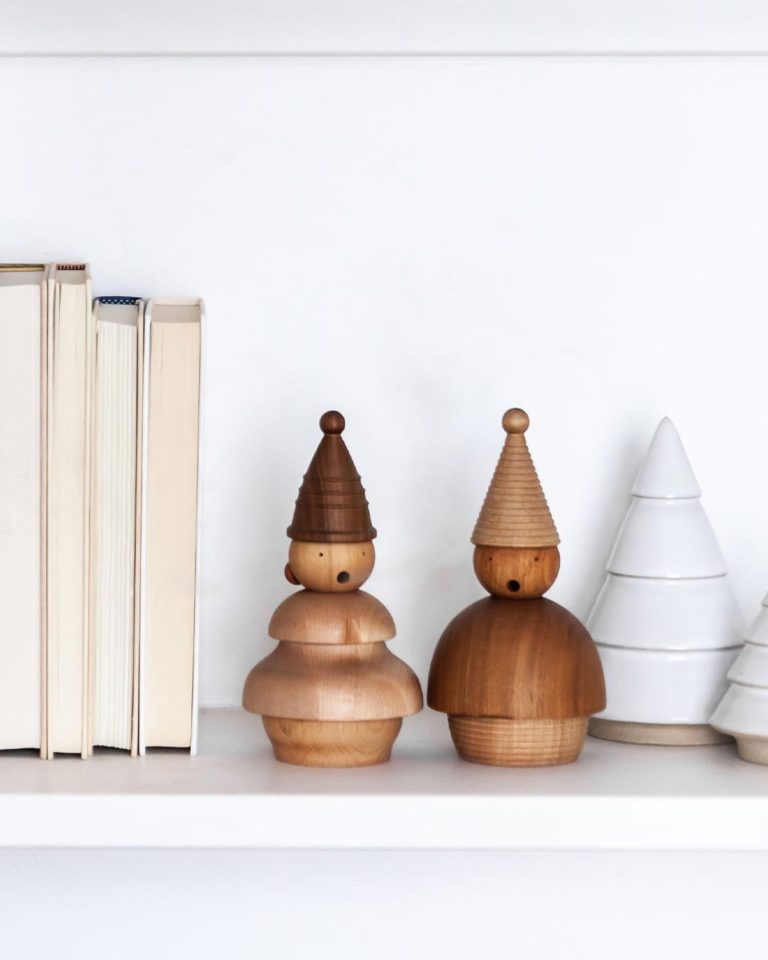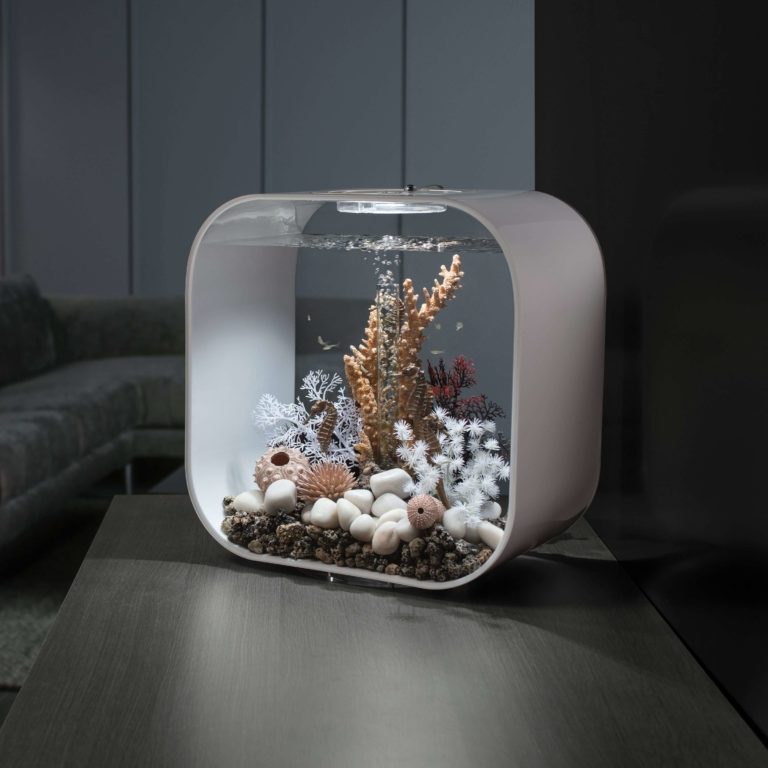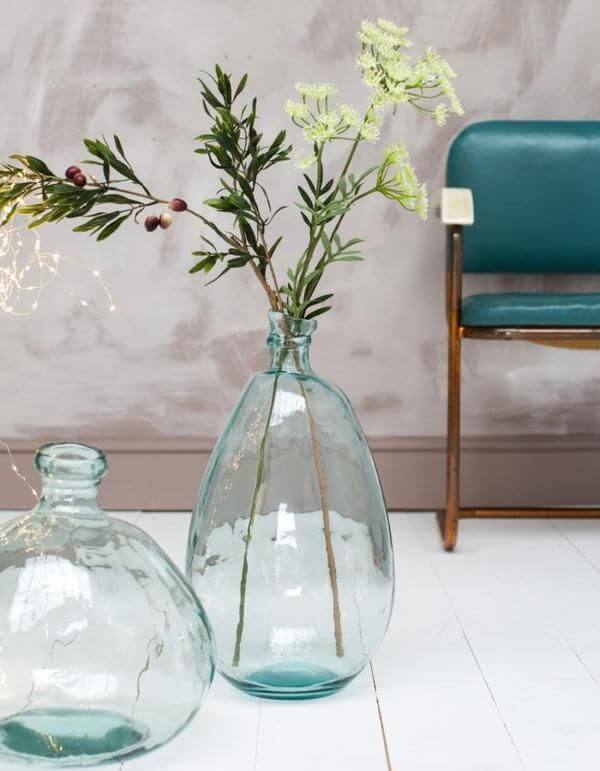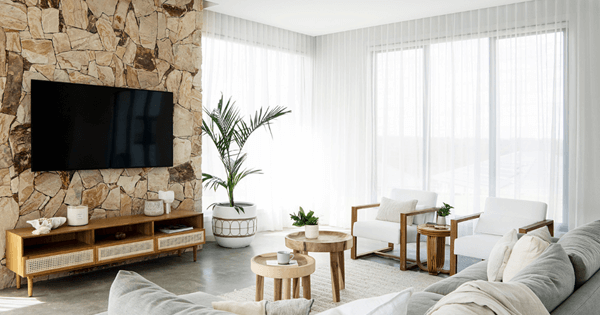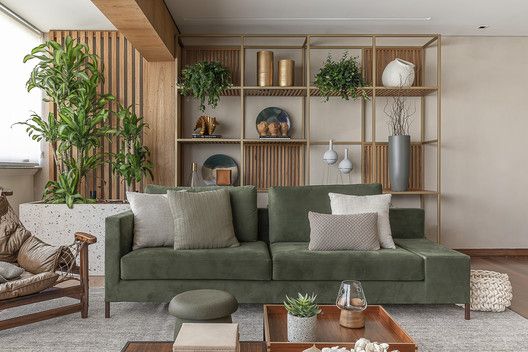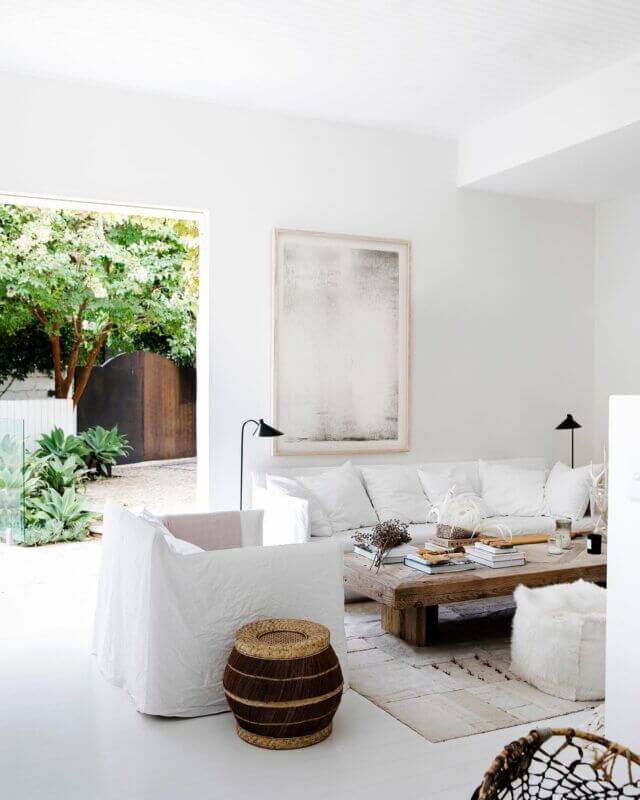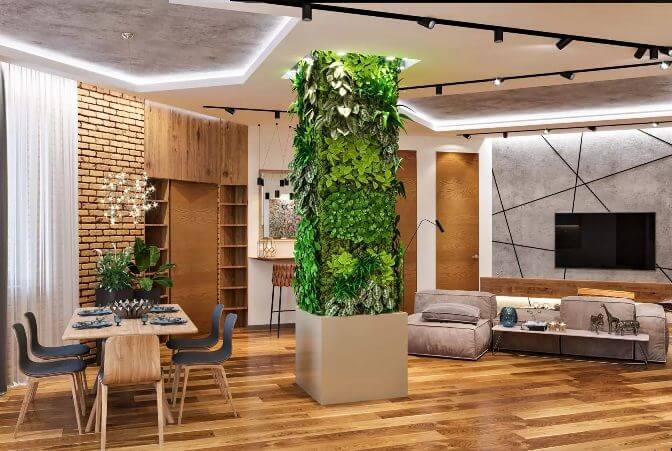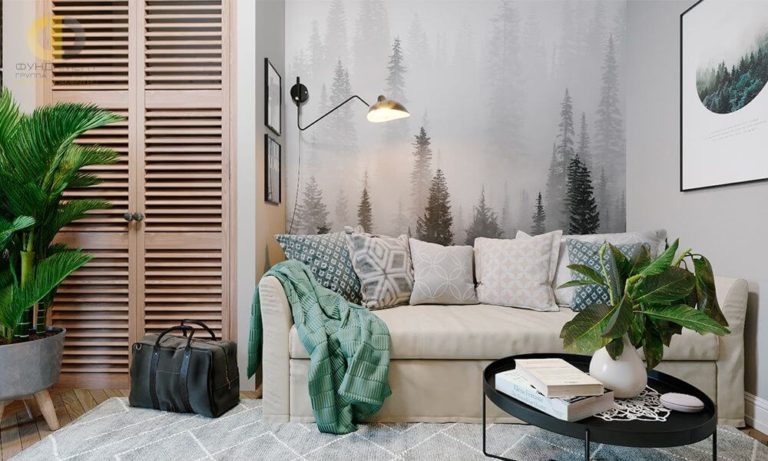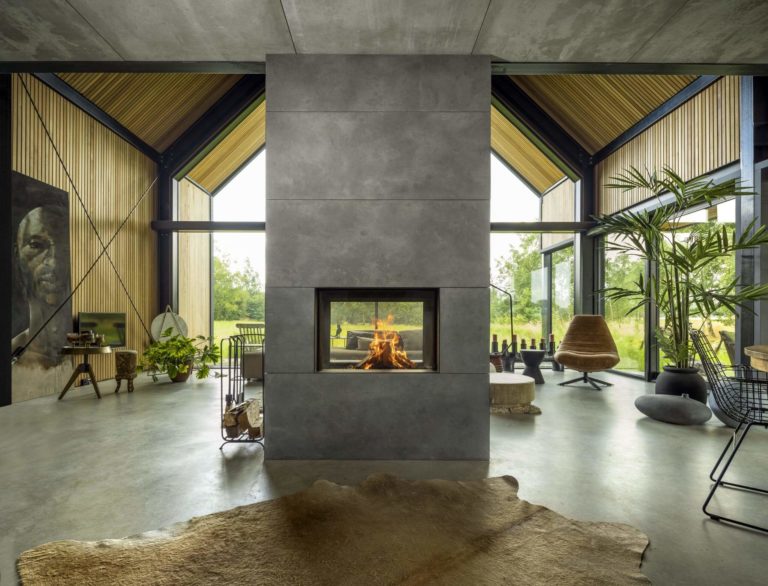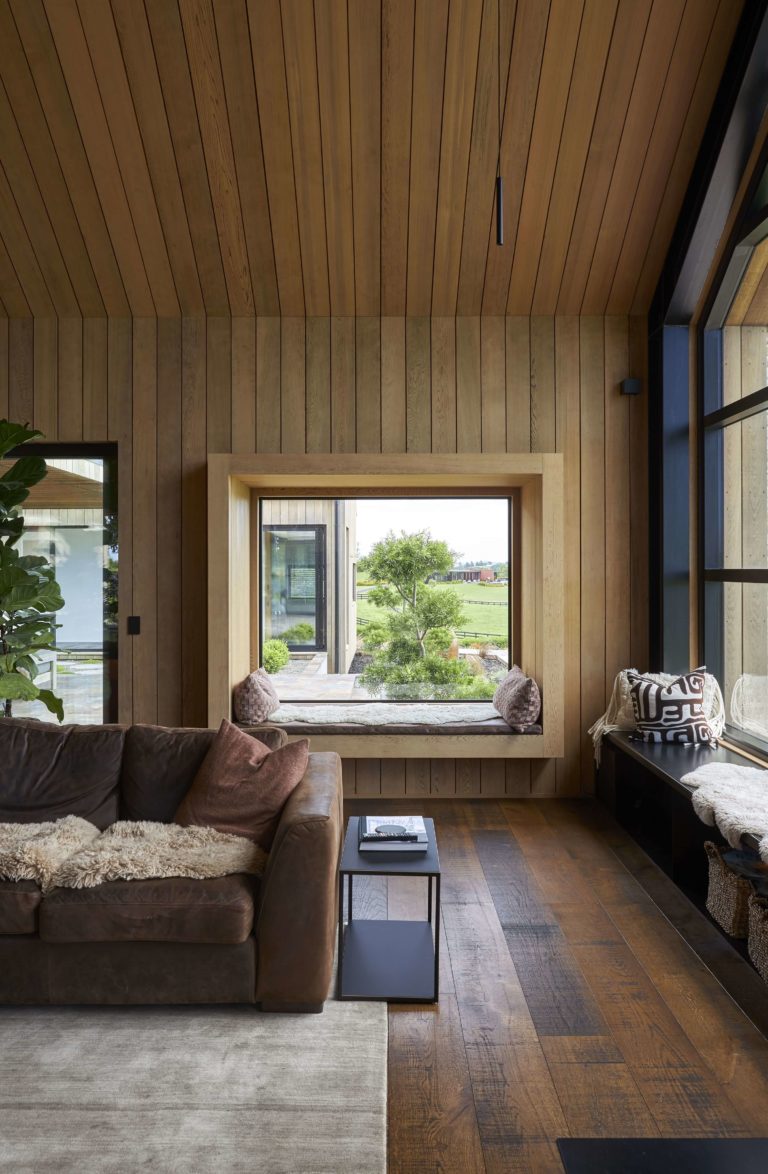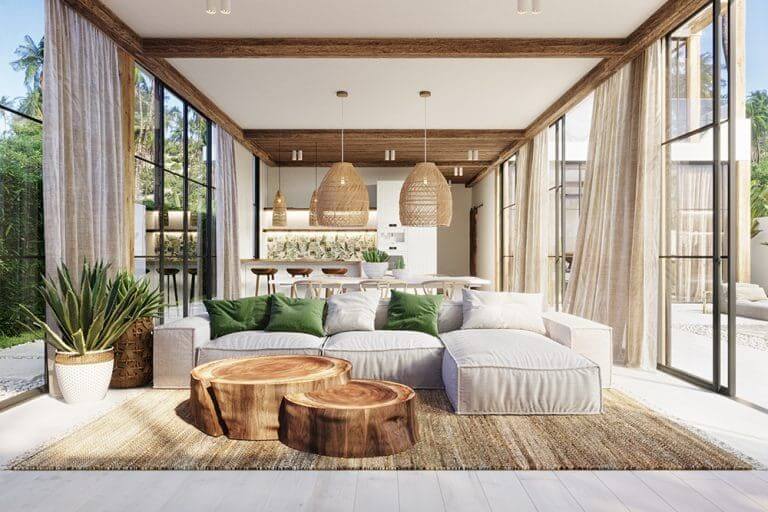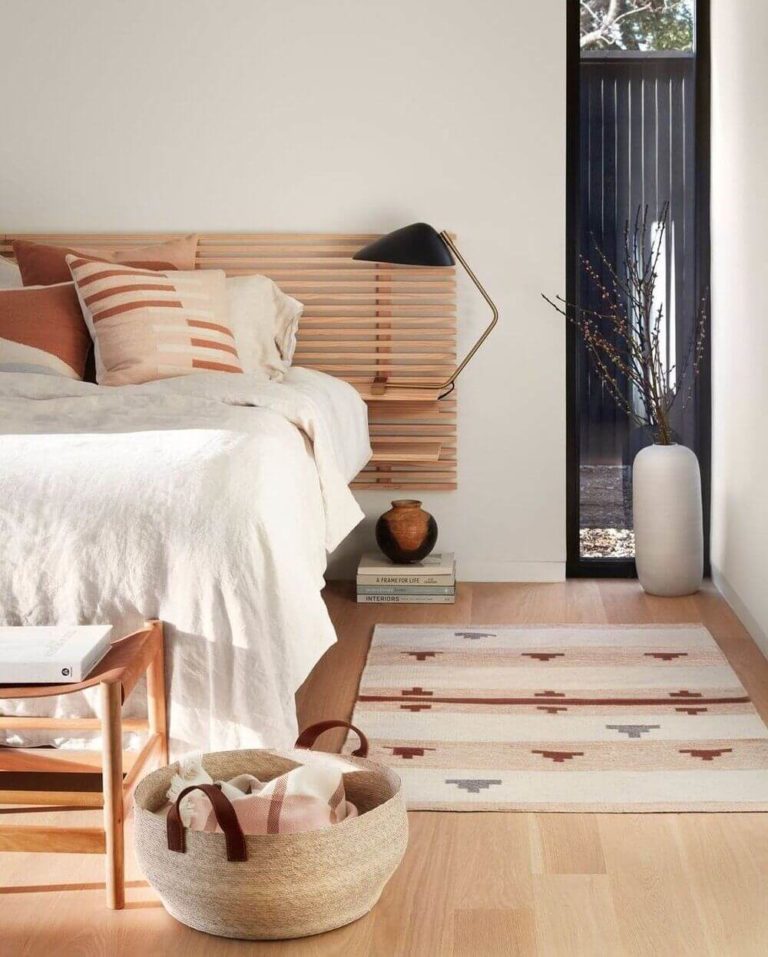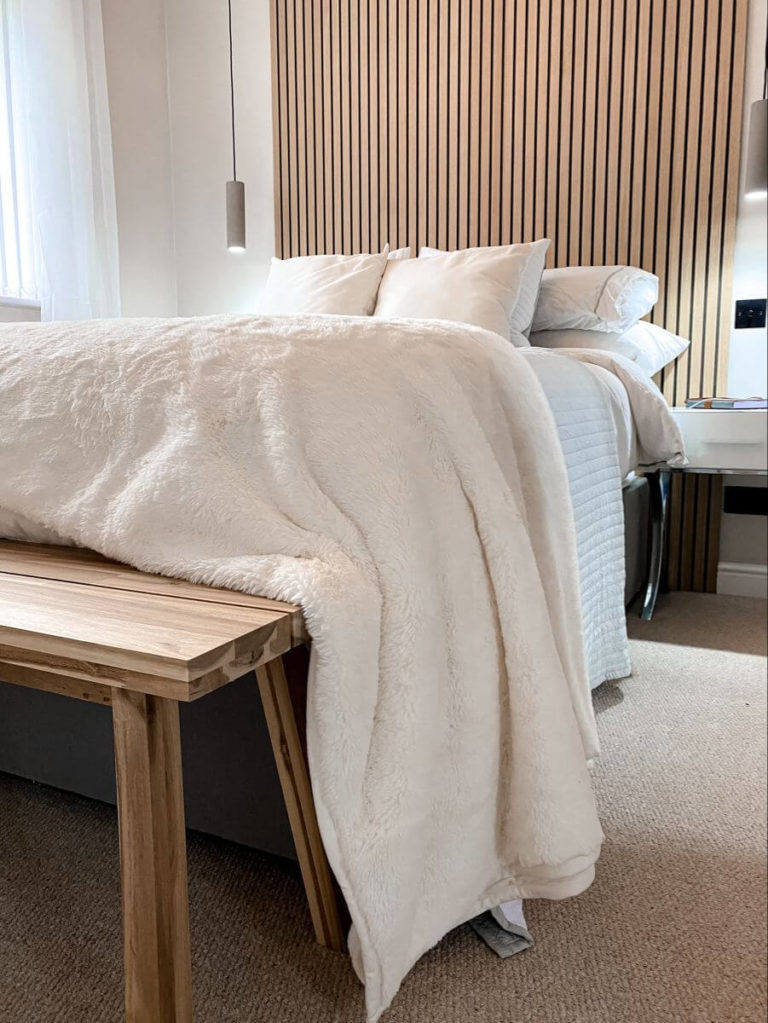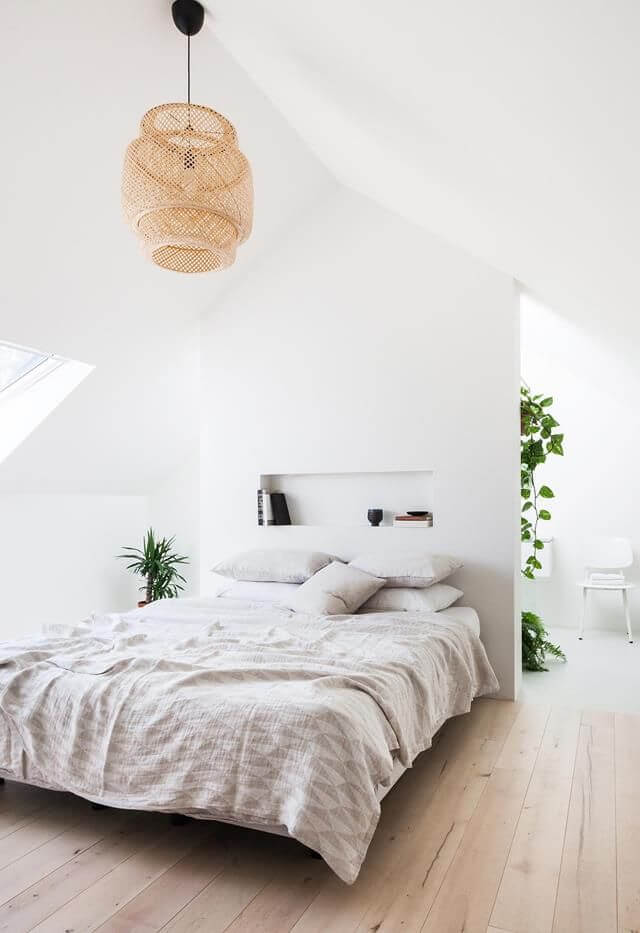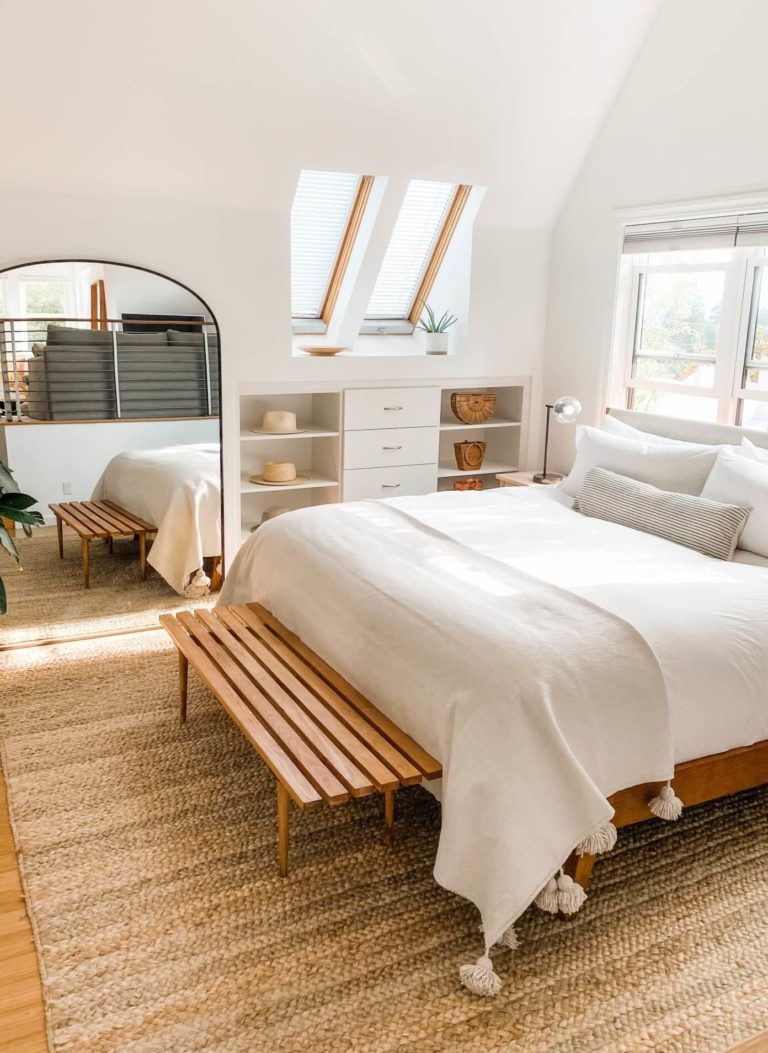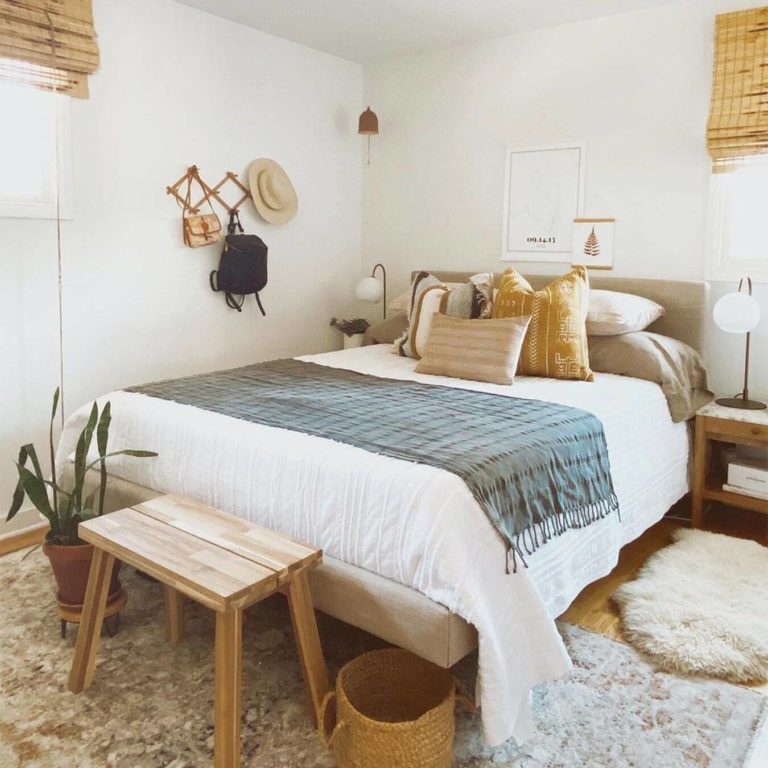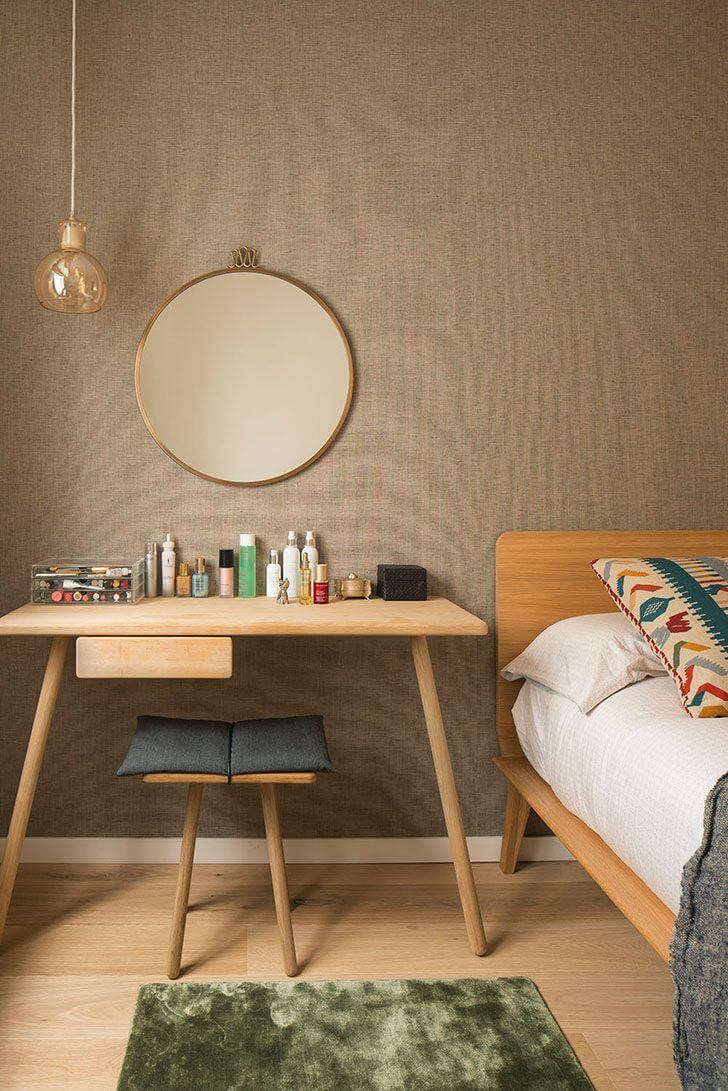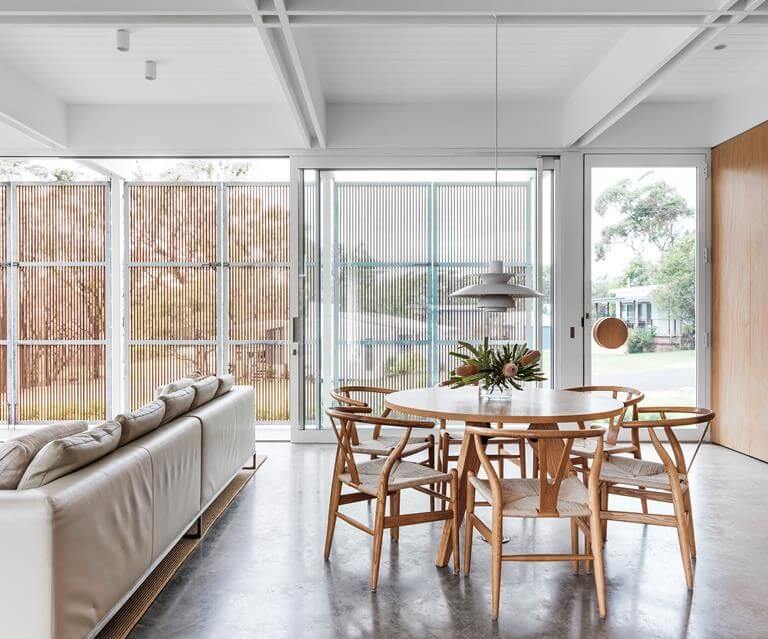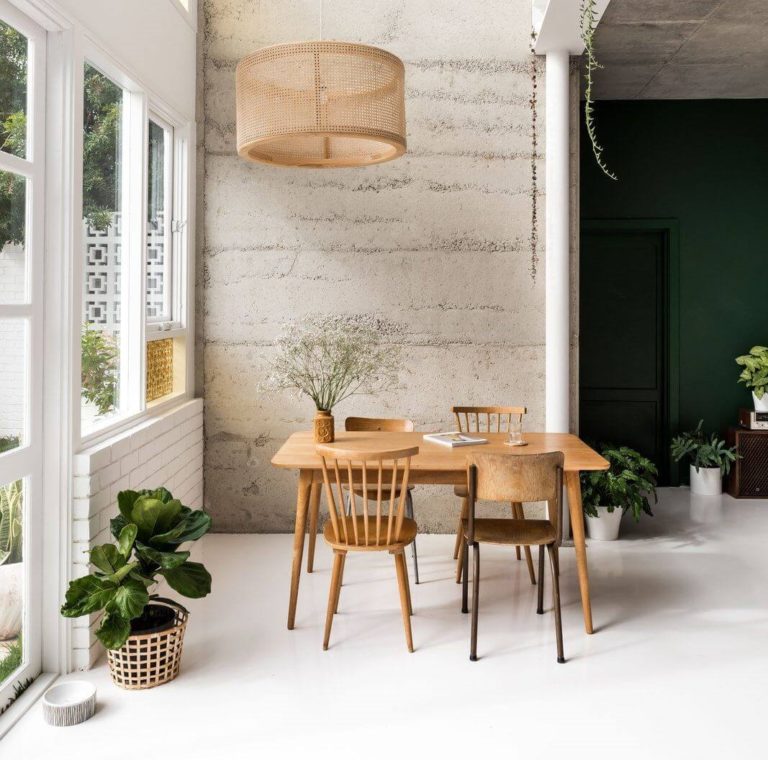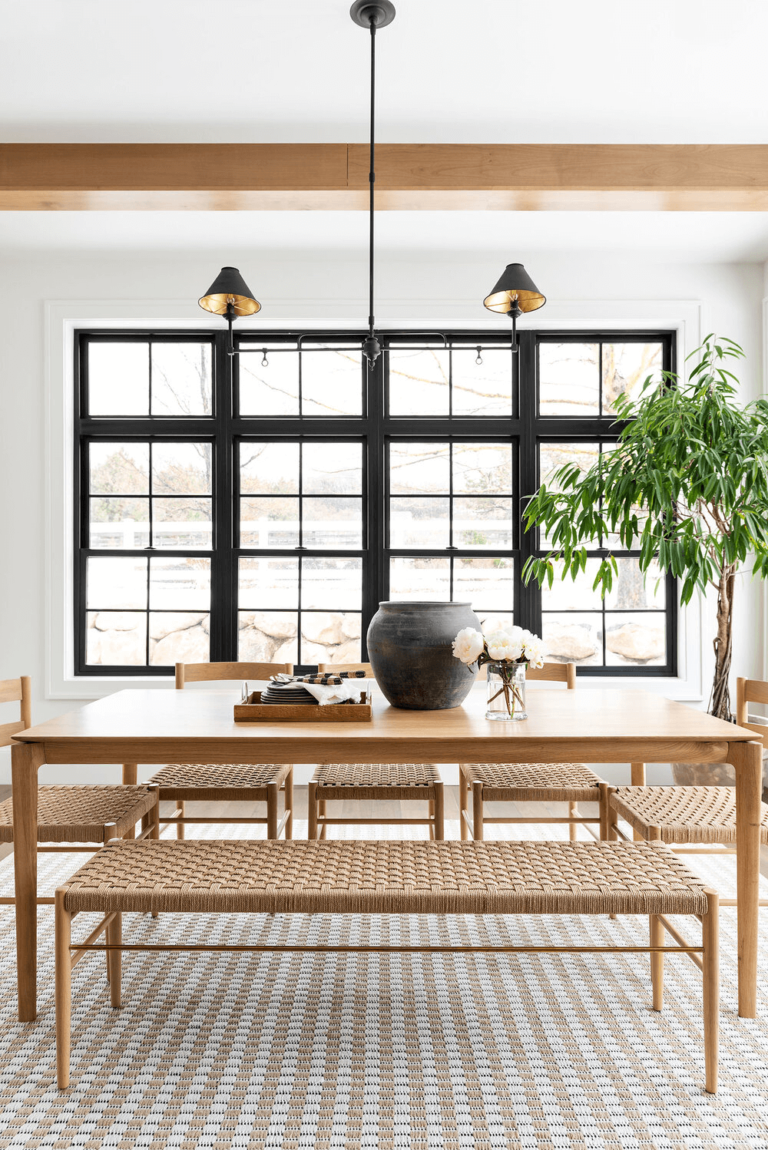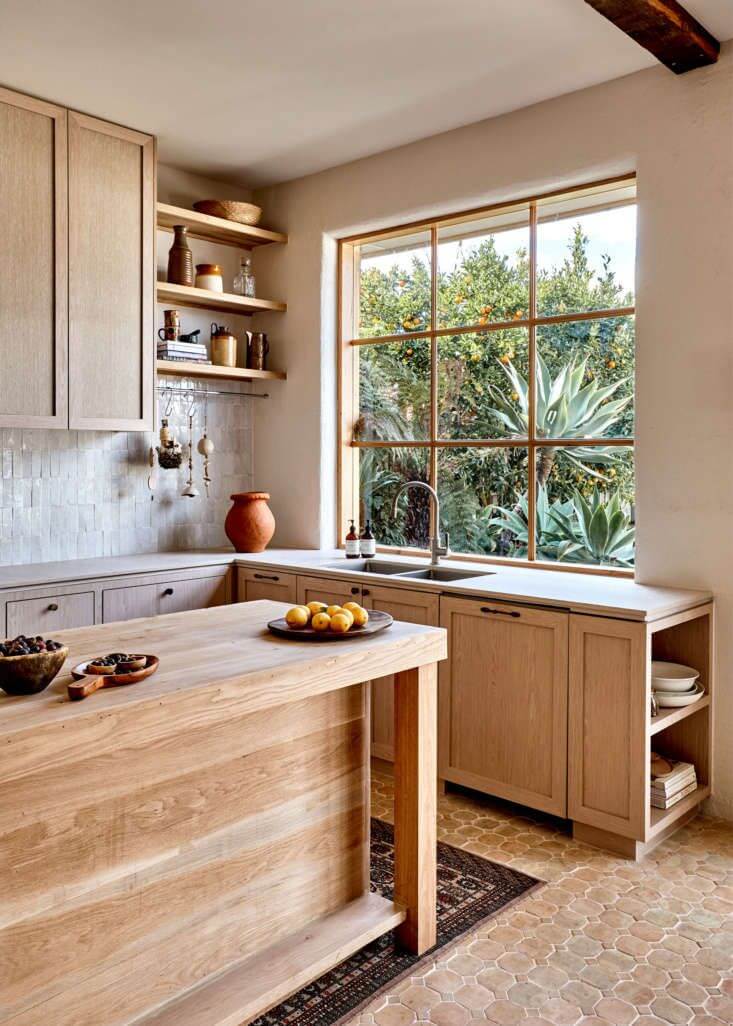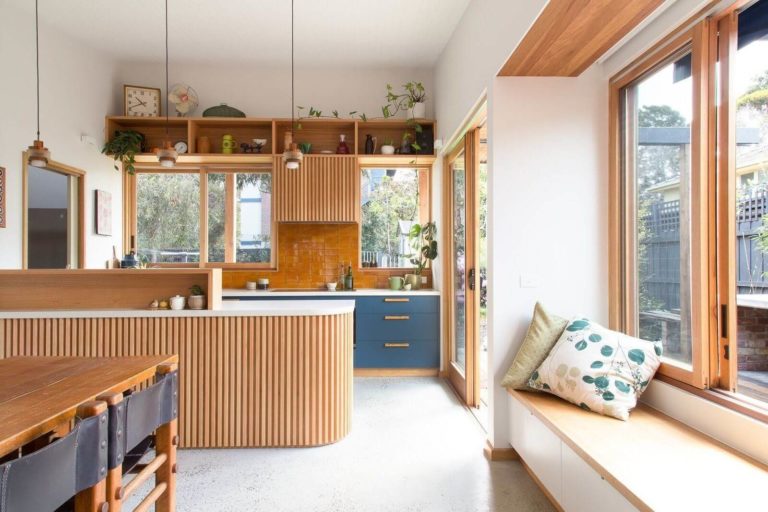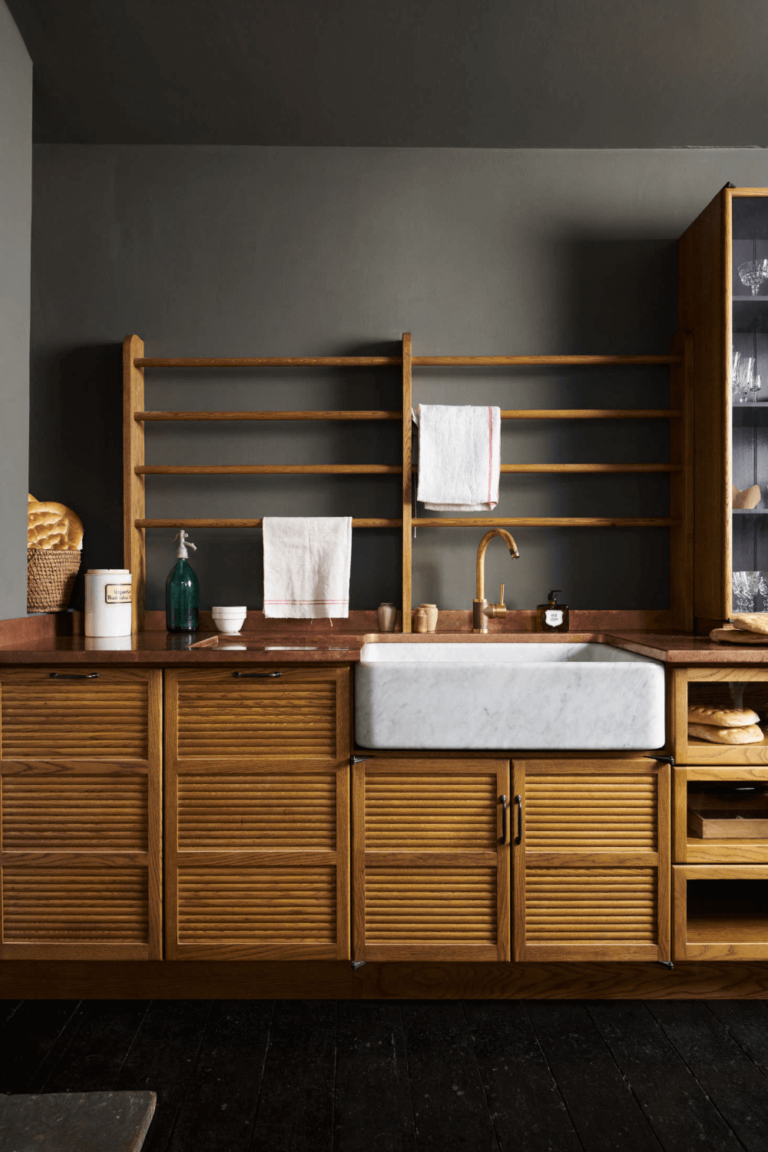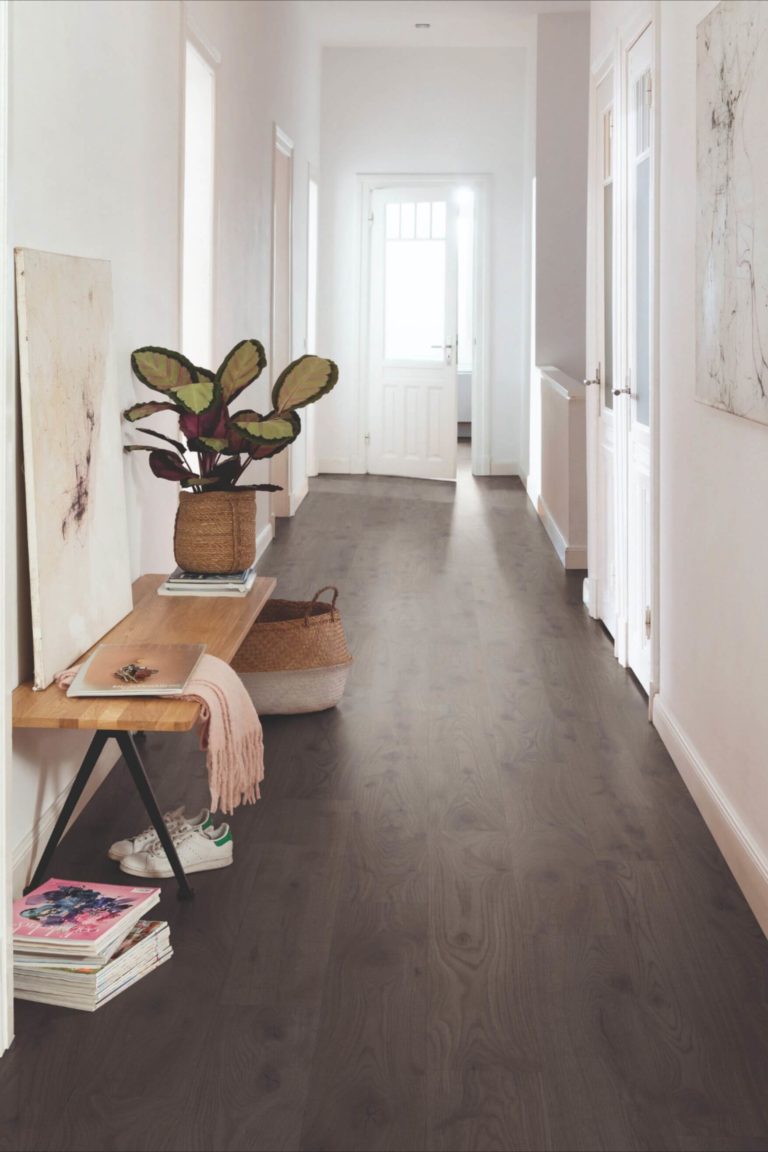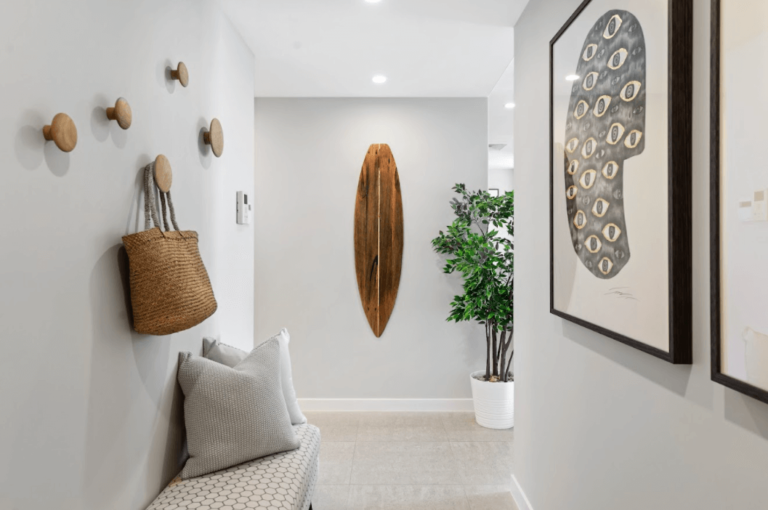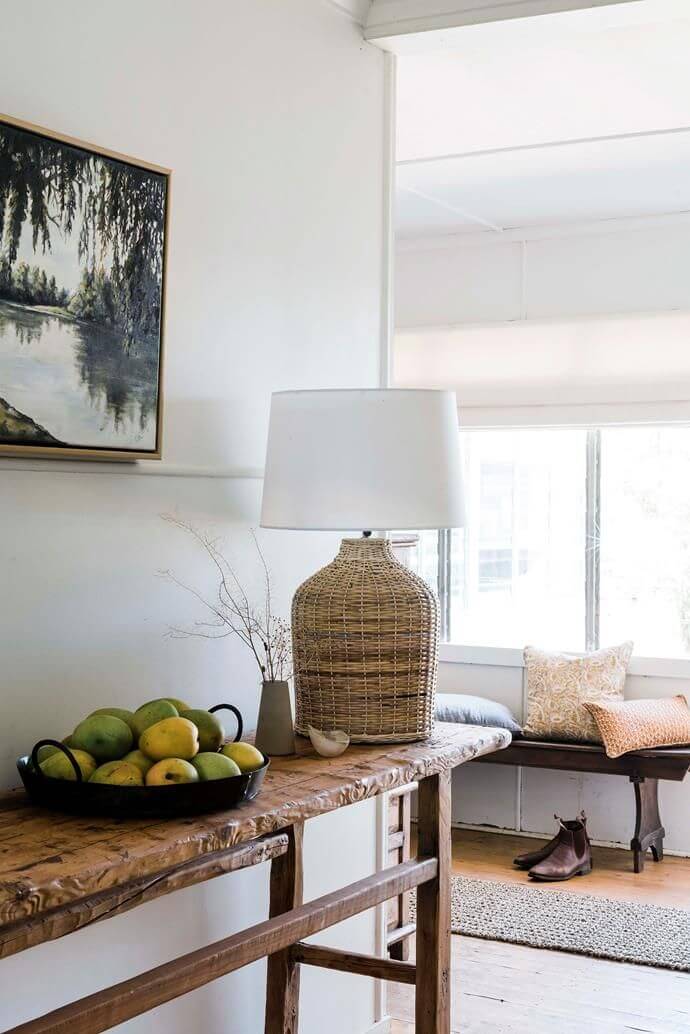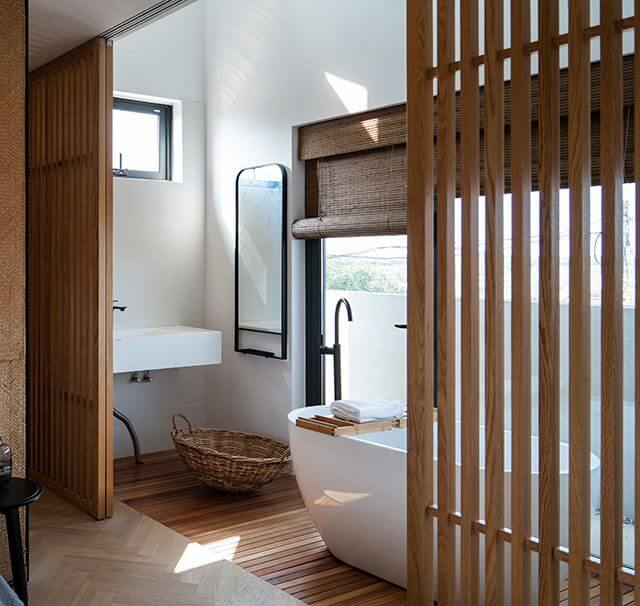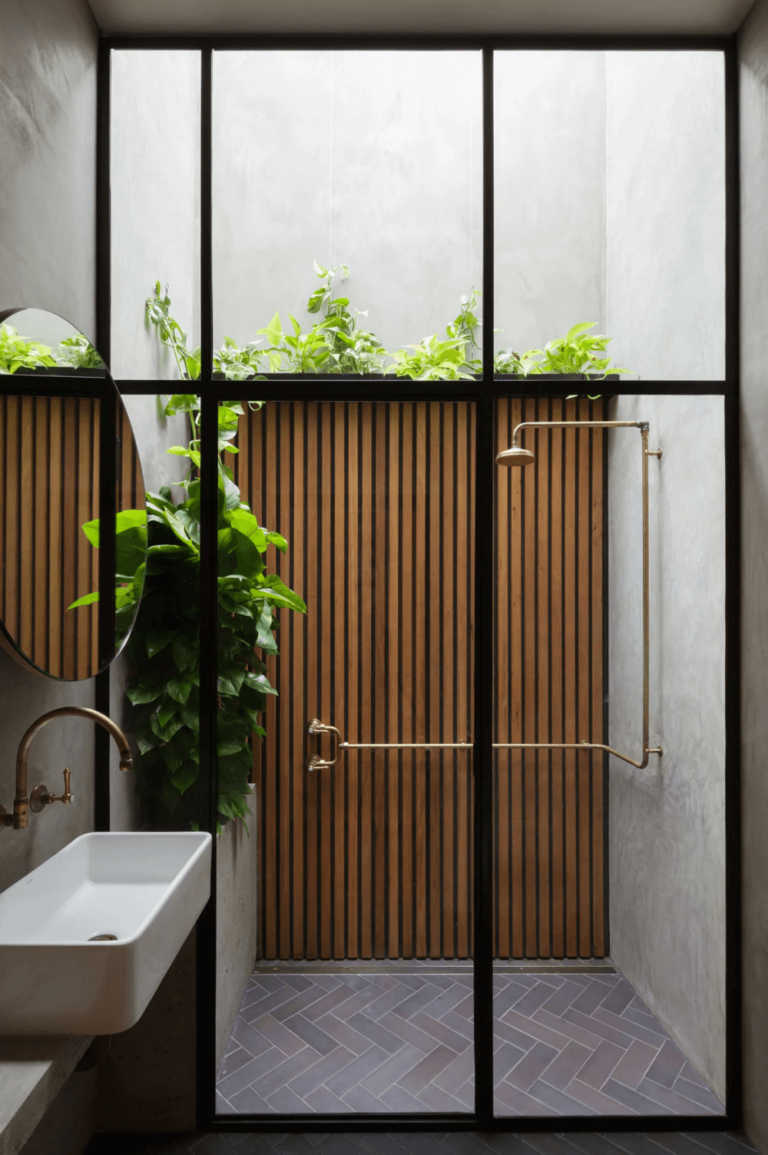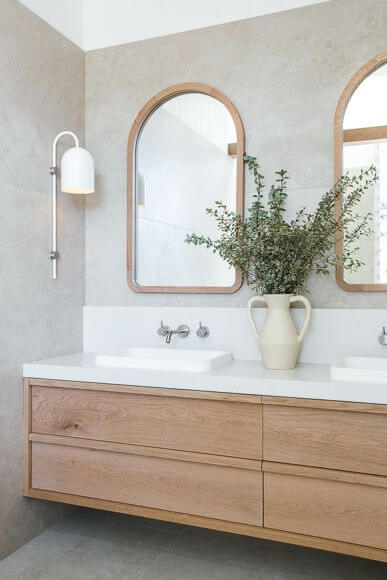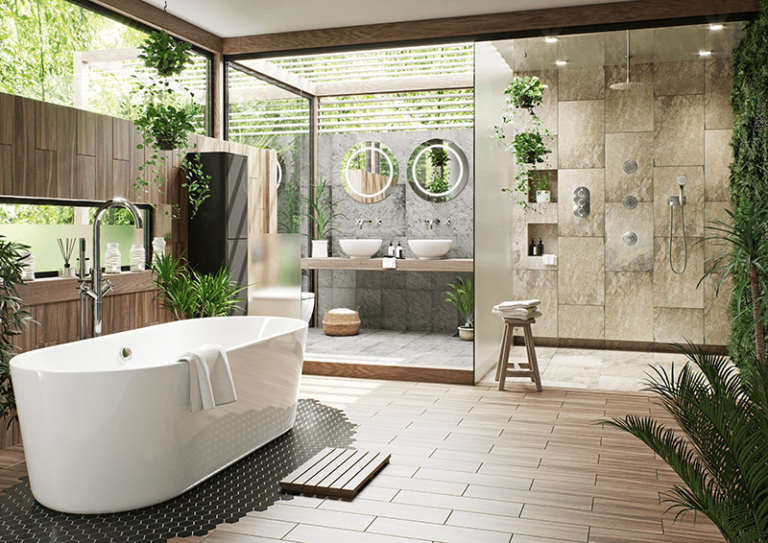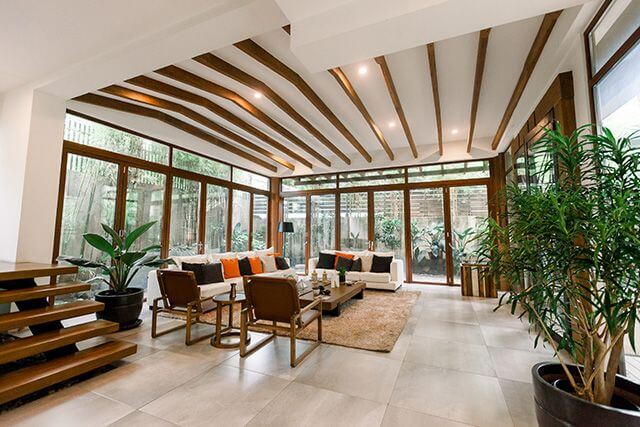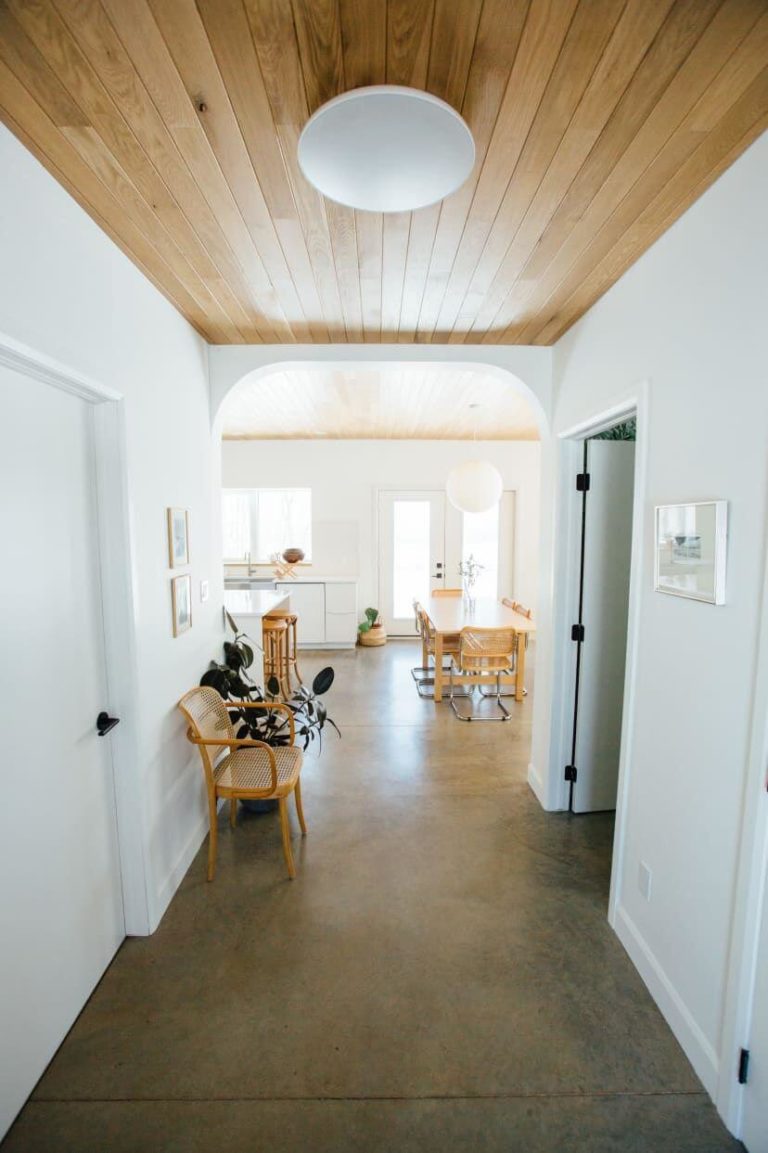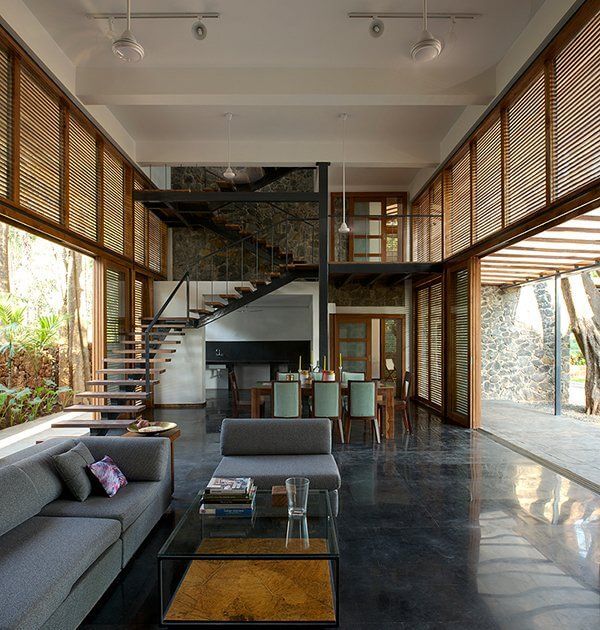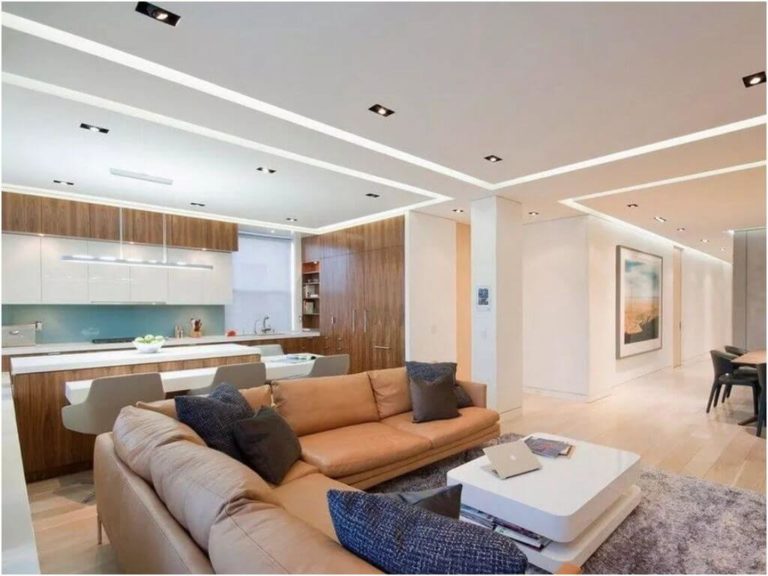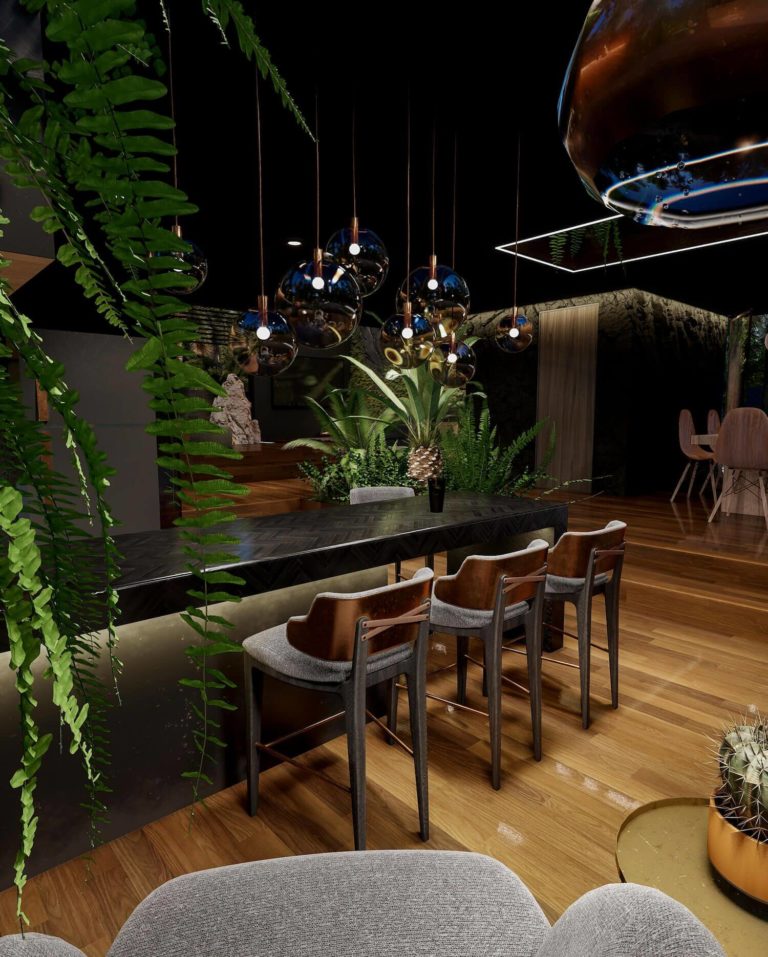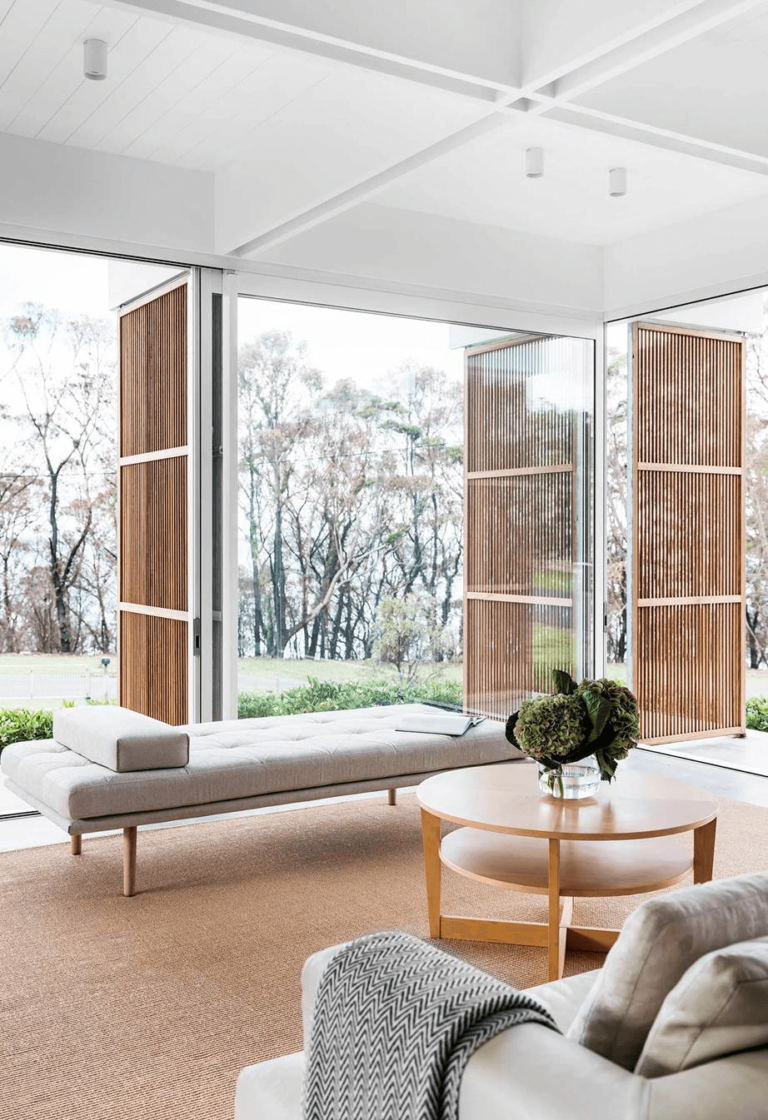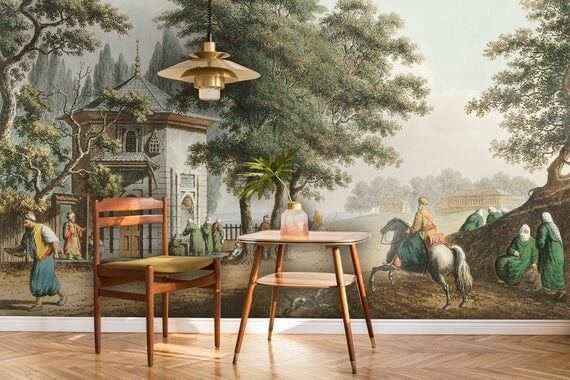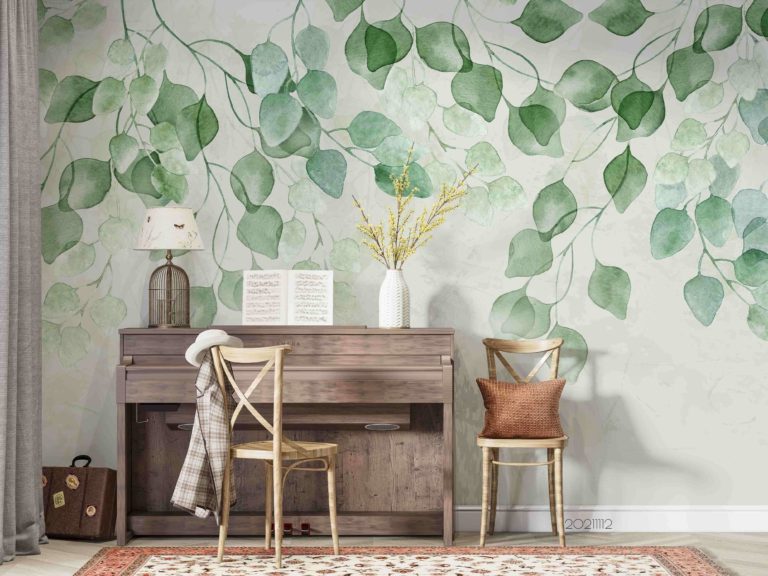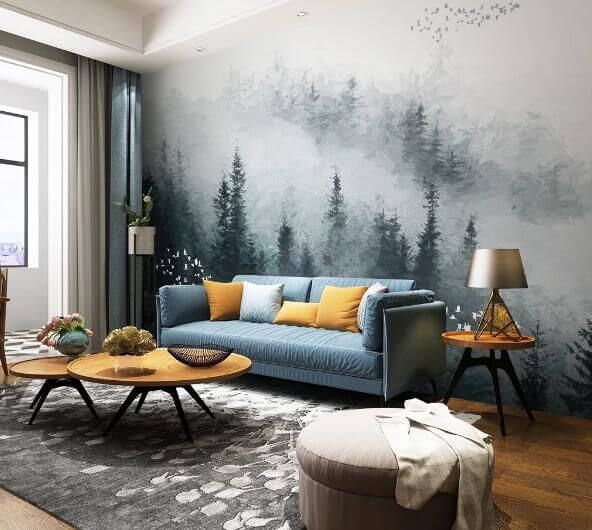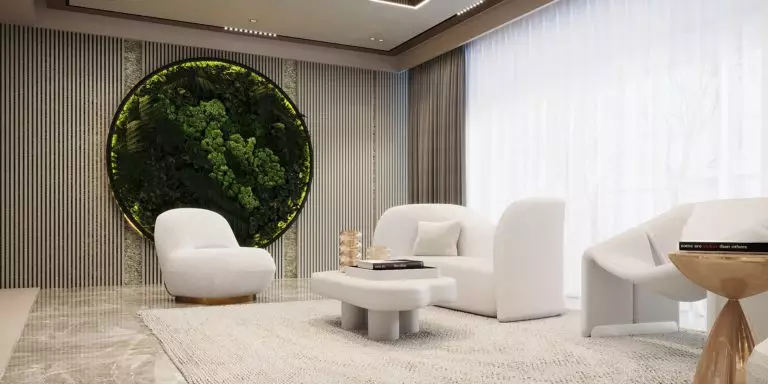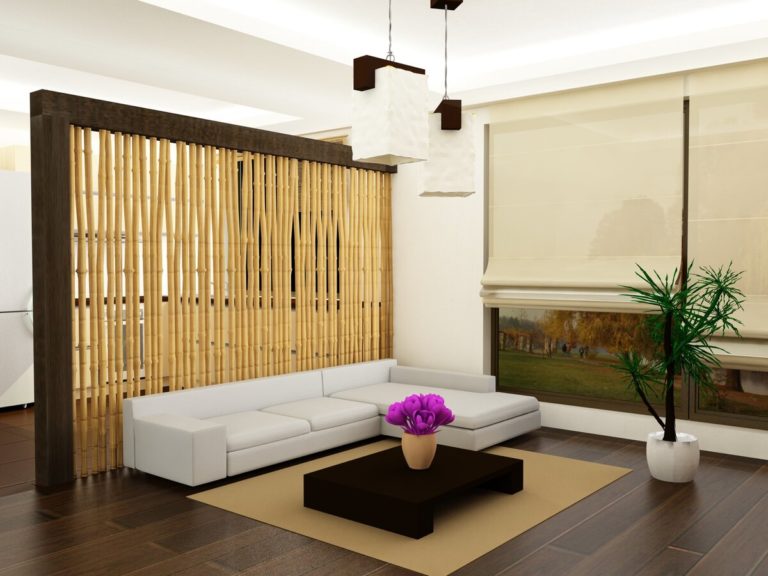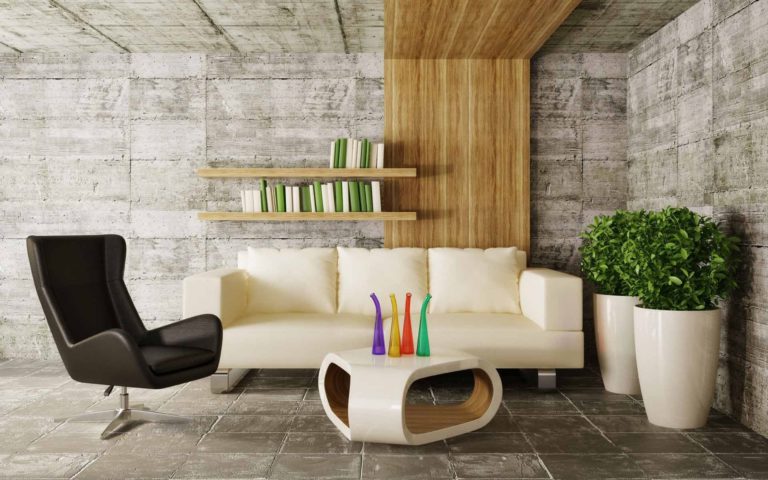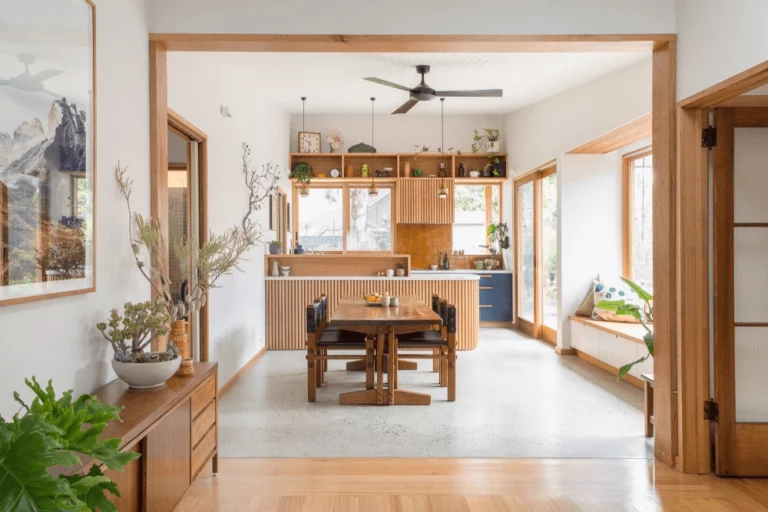
Today, there are enough names in the list of popular styles for interior decoration. Still, the most relevant ones are brought together by a common aspect – the desire for tranquility, well-being, and closeness to nature. The last point is especially important today when environmental friendliness and the importance of protecting the environment are becoming a priority around the world.
It was under the influence of this trend that the Eco-design style was born, in which the number of natural materials, green plants, harmony, and serenity far exceeds any other design options. Do you want to try eco-friendly design options for your apartment or house? We hope you find our short guide helpful.
What is Eco Design?
Eco-style is a fairly young trend in design. It began to develop at the end of the 20th century when the concentration of society on environmental issues and the desire to unite efforts to protect nature met at one point, as well as the accumulated fatigue and stress experienced by actively working citizens.
It is impossible to name any milestones or starting points in the history of Eco-design. Still, it is obvious that the principles and traditions of housing design in Japan and the Scandinavian countries have a huge influence on it. The desire for naturalness, authenticity, the absence of anything superfluous, and harmony with nature has inspired architects and designers who were looking for solutions that meet the needs of society. Today, three decades later, such a concept is not at all outdated, and Eco-style interior projects are integrated with the same enthusiasm.
Basic principles and key elements
The main features of Eco-style are clear as day. Let’s dwell on them in more detail:
Colors and prints
Ocean coast, coniferous or tropical forest, desert or prairie, alpine foothills – Eco style in the interior allows you to create a design reminiscent of any of these landscapes. The color palette contributes significantly in this sense, using exclusively natural shades found in nature. Among them:
Also, yellow and blue shades are used in Eco-style interiors as a replication of the sand and sun, the water and sky.
As for the prints, they are absent in this design since there is no need for them. The pattern of natural wood, stone texture, and the interweaving of green plants look more organic than a stripe, a particular geometric shape, or a baroque print.
Materials
What materials you need for interior decoration in Eco-style is quite obvious – they must be safe, with unpainted and unpolished texture and, if possible, natural. However, if you dig deeper, things are not that simple, and there are many options for creating a base for an eco-friendly interior. Let’s consider them in a little more detail.
Walls
The easiest way is to paint the walls with soft matte paint, but this is clearly not enough: Eco-style, of course, implies modesty, but not to such an extent. In the decoration of vertical surfaces, wood panels (including 3D), boards (by no means tongue-and-groove), as well as bamboo and stone inserts are widespread. You can combine these materials if you want, although no more than two of them.
Ceiling
A 100% authentic eco interior requires a bit of attention to the ceiling – as a rule, it should be whitewashed, painted, or decorated with wooden slats. Nevertheless, there are more solutions – laminate, ceiling beams, and even multi-level stretch ceilings. The last option will be tackled in more detail a bit later.
Flooring
Floor coverings for Eco-style interiors can be made of natural wood or cork, less often stone. At the same time, the painting of wooden surfaces should not be considered: the more open and natural the textures are, the better. Recently, laminate and porcelain tiles with imitation of natural materials have also been welcomed – especially in kitchens, hallways, and bathrooms, where wood can be put at serious risk.
Furniture
We cannot say that any special, exclusive requirements are imposed on furniture for an eco-interior. Conciseness, restraint, calm and soft lines, lack of decor, monochrome soft upholstery of sofas and armchairs – all this is typical for furnishings in most interiors that are relevant today, including minimalism, Scandi, and even loft. However, eco still implies something interesting – for example, coffee tables with glass tops and a base made of wooden driftwood or hemp stools.
As for the furniture itself, it does not differ in saturation: ideally, in such an interior, there should be a minimum set of items that allow the room to fulfill its function. However, you can very well dilute this restraint with a simple wooden chest of drawers, a wicker rocking chair or a hanging model, and a cozy chaise lounge. Nevertheless, consoles, flower vases, accent tables, cupboards, and showcases are not to be found in Eco-style since they contradict the concept of maximum freedom and open space.
Lighting
What connoisseurs of Eco-style would immediately say is a hard “no” to traditional chandeliers. In such an interior, they are replaced by ceiling lamps and pendants of discreet shapes and small sizes – most often made of glass, metal, willow vine, or fabric. You can also see floor lamps and sconces in a minimalist style and table lamps – on wooden or matte ceramic bases with fabric lampshades.
However, the active use of modern high-tech lighting systems – track lights, spotlights, and others – is of the greatest interest. In expensive and carefully thought-out interiors in the spirit of eco, diode lighting and hidden lighting lines are increasingly being used – this creates the effect of natural lighting and the feeling that the rays of the sun penetrate through the branches of trees (in this case, wood trim and plants).
Textiles
The textiles in Eco-style are unobtrusive but quite organic and tangible. It is quite logical that natural materials are chosen, if possible, with a rough texture – linen, wool, matting, cotton. The design elements are as follows:
Decor
There are practically no decorative elements in an Eco-style interior, in the classic sense of the word, and it would be strange if paintings in carved frames, luxurious mirrors, or porcelain figurines were seen in a design that recreates a piece of nature in a house or apartment. However, environmental friendliness also implies pleasant accent details.
The best decorations for such an interior are, of course, plants – live, strong and green, in tubs, planters and ceramic pots, climbing and tree-like, on the floor, walls, shelves, tables, and even on the ceiling. A fashionable accent has become a “living wall” trimmed with real moss or grass. The following types of decor are also appropriate:
Eco style in various rooms
Eco-style is an addictive direction, and therefore, having implemented such a design in one of the rooms in your house or apartment, you will definitely want to decorate other rooms similarly. So, let’s find out how this can be put into practice.
Living room
Fashionable Eco-style living rooms have a very special atmosphere. They have so much greenery, natural texture, light, and tranquility, replicating a strong feeling of relaxation somewhere in nature – either in a garden gazebo or on a veranda. Wood is actively used in the decoration, the floor can be decorated with a board or cork, and there are often no curtains on the windows: preference is given to light wicker rolls or wooden blinds.
As for the environment, it is quite simple and unsaturated, but at the same time not without hedonism. Sofas and armchairs in the spirit of the Scandinavian style – large, comfortable, laconic restrained forms and upholstered in fabrics with matting texture of soft shades. There are often poufs, chaise lounges, and ottomans, creating that very relaxing environment. There is also not much decor, but you cannot go without it: take a closer look at thematic wooden panels and 3D panels, branch-shaped shelves, small vases made of glass and white ceramics.
A few words should also be said about the fireplace, which, in an eco-friendly interior, becomes a symbol of the primary source, the natural principle and the hearth around which our ancestors gathered. It is this concept that does not provide for a luxurious and catchy design of the portal: it should be an organic and slightly noticeable element. Today, in living rooms, you can often see ergonomic and, at the same time, mesmerizing with their simplicity, bio-fireplaces.
Bedroom
The design of the space for sleeping and relaxing is as close as possible to the concept of Eco-style. Modest in terms of decor yet a comfortable wooden bed, a couple of bedside tables, shelves on the wall, compact and dim lamps, a small rug or mat on the floor – this is quite enough for a cozy and relaxing environment. It is noteworthy that a monochrome palette works great in an eco-bedroom: you can paint the entire room in beige, light brown, or pale gray tones, and it will not be boring. Variety will provide textures of materials and accents in the form of indoor plants.
Dining room and kitchen
The interior of the Eco-style kitchen and dining area evokes such peace that you want to stay here as long as possible – even if you are already full or do not plan to reach new culinary heights.
This design requires very little furniture and accessories, although visual and physical comfort is mandatory. As a base, the safest materials and coatings are inspired, if possible, from natural materials or textures – of course, wood and stone (in extreme cases, porcelain stoneware) remain favorites.
As for the furniture, there is a rather laconic yet comfortable and cozy dining area with a table and chairs or armchairs, a work surface for cooking, and, if space allows, a kitchen island or a bar counter. Cabinets for eco-interiors, as a rule, are ergonomic, with dull and smooth wooden facades. However, they can also be replaced with simple open shelves. The decor is limited to live plants or a moss accent wall.
Hallway
The design of an Eco-style hallway or hall is also extremely simple and does not imply cabinets, massive sets, or numerous shelves and drawers. If you strive for absolute authenticity, pay attention to wooden hooks in the form of branches or wooden logs instead of poufs, although the latter may well be replaced by a small sofa or rattan bench. It is also unnecessary to place plants in large numbers in the hallway: a palm tree or ficus is enough.
Bathroom
The design of an Eco-style bathroom presents certain difficulties in terms of stylistic purity. The fact is that wood is not suitable for finishing in rooms with high humidity, and if you are not lucky enough to get a spacious bathroom or there is no way to install the most efficient ventilation system, it can be a great letdown.
However, designers are increasingly offering quite worthy alternatives – first of all, natural or artificial stone or porcelain stoneware with natural wood texture. There is still room for nature-inspired units – in the form of shelves for bath accessories and cosmetics or cabinets under the sink. Speaking of the sink: a model in the form of a bowl would be an ideal solution, while vessel sinks and “tulip” options do not fit into such an environment.
Modern Eco-style
It would be somewhat strange to say that there is an “old” and “new” Eco-style in interior design – as we already know, it appeared about 30-35 years ago, which is not that long ago for any direction in interior design. However, it is still worth mentioning some very significant changes within the eco, which are acutely felt right now.
When this style was just gaining popularity, the issue of using natural materials was paramount. Wood, ceramics, stone, cane, rattan, bamboo, cork – those who wanted to design their home in accordance with sustainable trends needed more and more of them. The growing level of consumption has posed a completely different question for designers: what is more environmentally friendly – cutting down forests for interiors, or is it still the production of materials that save green resources?
Obviously, opinions are increasingly in favor of the second option. Extremely high requirements for the quality and safety of finishing materials imposed on manufacturers today, as well as the development of innovative technologies, make it possible to obtain absolutely non-toxic and durable options, which, moreover, will please with a natural texture. Let’s take a look at some examples.
It is also worth mentioning the Scandinavian chairs made of safe and non-toxic plastic, furniture fabrics with natural textures, but not without special water-repellent impregnations and reinforcing threads, as well as lamps made of the same plastic – all this is also firmly integrated into Eco-style scenarios. Of course, no one will stop you from adhering to absolute naturalness, although reasonable consumption and respect for nature are much more in line with the very concept of sustainability, isn’t it?
Eco style: is it trendy now?
It probably doesn’t make sense to repeat this, but we cannot help but state it again: yes, Eco-style is one of the trendiest. And this is not surprising since urbanization has reached completely unimaginable limits, and the desire for unity with nature to achieve harmony with the world and with oneself is necessary for almost every one of us like a breath of fresh air.
Why should you try this style?
The classics are too pompous and respectable: Art Deco – deliberately elegant, chic, and expensive; Minimalism – a bit boring; Loft – harsh; Mid-century modern – overly eclectic; Farmhouse – naive. Vintage evokes a feeling of being stuck in the past. Hi-tech is too functional. Scandi is too simple. If all these thoughts came at least once to your mind, then you have no choice but to choose an Eco-style. Of course, this is a joke, perhaps not a very good one. However, if you really feel some confusion and are constantly searching for harmony, it is the Eco-style that will help you find balance, calmness, and peace.
Who is Eco-style suitable for?
Despite its apparent simplicity, eco is far from easy to implement. That is why designers recommend taking a closer look at it in the following cases:
Eco-style in different countries
People around the world are unanimous in their vision of merging with nature, so it cannot be said that Eco-style interiors have any significant differences in different countries – unless they are influenced by the climate, flora, and landscape. From this point of view, there are still certain nuances, so it seems interesting to us to study them a little deeper.
Great Britain
Despite the intolerance of eco to eclecticism, the British manage to flawlessly integrate traditional solutions into interiors in a similar style. The traditional sofas with plain upholstery, cozy armchairs on curved wooden legs, carpets with ornaments, and classic lamps (although without any gloss) work in perfect harmony with plants, with the calmness of light wood, and minimal decor.
USA
There are two extremes in the implementation of eco-interiors in American homes. This is either absolute authenticity with the maximum possible use of natural materials to one hundred percent naturalism, or a kind of symbiosis characteristic of Eco-style in the UK. Moreover, the first one is much more exclusive thanks to very interesting decorative techniques – from wooden slabs to the use of cascades of climbing plants on wooden ceiling beams.
France
Oddly enough, Eco-style in France is not distinguished by an abundance of greenery – perhaps because there is enough of it even in large cities. Here they are fond of stone and porcelain stoneware with such a texture: in interiors, its ratio with wood is approximately 50 to 50.
Germany
The environmentally friendly environment in houses and apartments in Germany implies some subduedness, intimacy, and, at some level, mystery. This effect is achieved mainly due to subdued and dim, more often spotlighting and shading, provided by blinds or curtains on the windows. German psychologists explain this by the desire for security and the sense of being alone with yourself and dive deep into your thoughts and feelings.
Sweden
The Scandinavian style is very closely related to the concept of sustainability, and therefore they are incredibly similar to eco. Imagine Scandi with a lot of wood, warm tones, green shades, and living plants – this is the Swedish interpretation of Eco.
Japan
Environmental friendliness is the very essence of traditional Japanese style, so you can safely put an equal sign between them. The differences are quite insignificant and concern only the presence of decor with national flavor in the case of the “pure” Japanese style – they may not be found in Eco.
The Eco-style interior promises to be an interesting adventure during which one is searching for security, tranquility, and complete unity with oneself and the outside world. The implementation of the eco-design in your home will allow you to join the whole philosophy of this style, where cleanliness, lightness, naturalness, and the most careful attitude towards nature and each other is of particular value.
